
Tinker Crate is a subscription box for kids and tweens ages 9-16+ created by kids subscription box company KiwiCo. Each monthly Tinker Crate contains all the materials and instructions needed to create innovative, hands-on STEM projects, as well as a "Tinker Zine" full of educational information and additional activities.
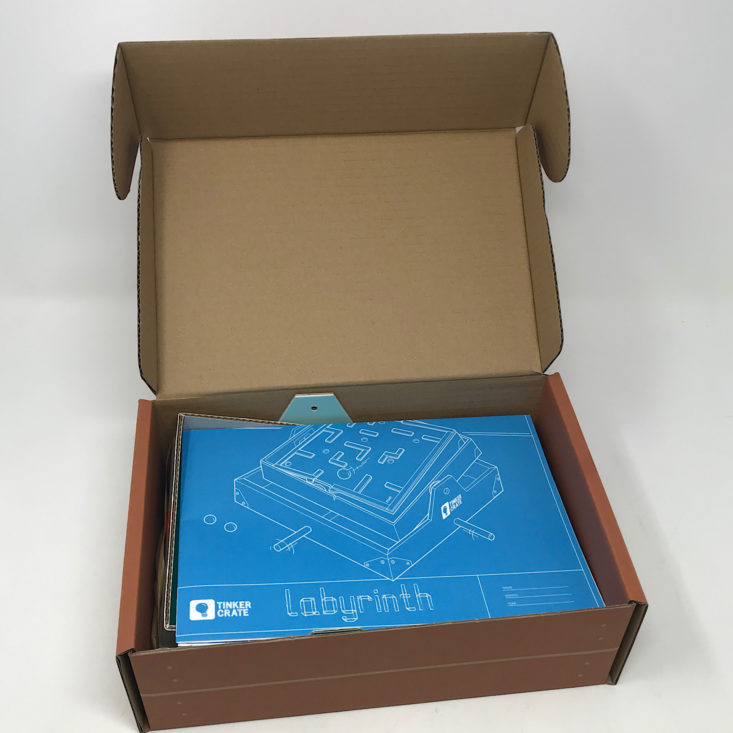
KiwiCo offers boxes for different age groups:
- Panda Crate for 0-24-month-olds,
- Koala Crate for 2-4-year-olds,
- Kiwi Crate for 5-8-year-olds,
- Atlas Crate for 6-11-year-olds,
- Doodle Crate and Tinker Crate for 9-16+-year-olds,
- Eureka Crate and Maker Crate for ages 14 and up.
There really is something for every age with this company!
This review is of KiwiCo's Tinker Crate (for ages 9-16+), which costs $19.95 per month.
This box was sent to us at no cost for review. (Check out the review process post to learn more about how we review boxes.)
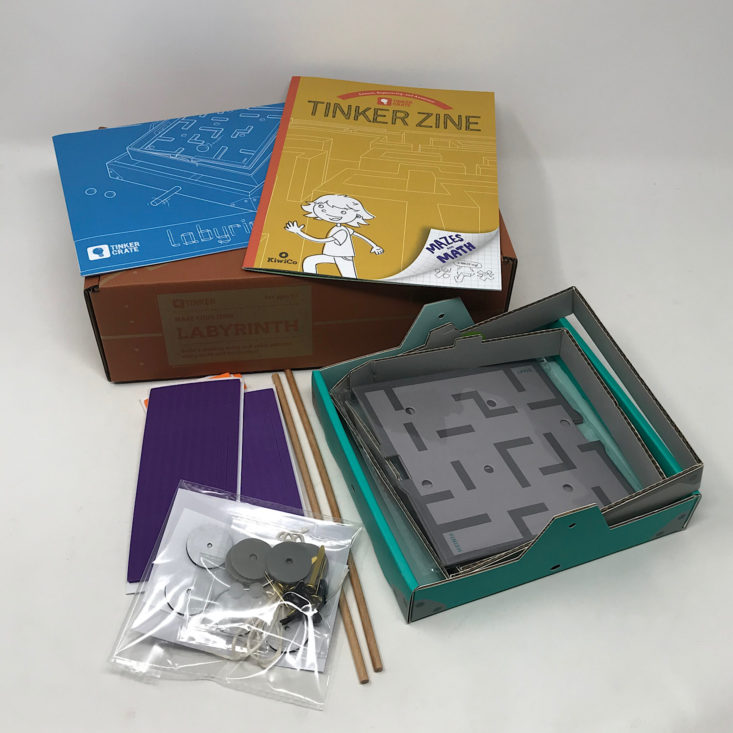
About Tinker Crate
The Subscription Box: Tinker Crate
The Cost: $19.95 per month + free shipping
The Products: Innovative hands-on STEM projects for kids, plus the materials and detailed instructions your child needs to complete them. You'll also get a "Tinker Zine" full of educational information and additional activities.
Ships to: The U.S. for free, Canada for $3.95 per month, worldwide from $4.95-$6.95
KiwiCo Tinker Crate "Labyrinth" Review
The theme of this month's Tinker Zine is "Maze Math" to go with our labyrinth. This zine is full of educational information about mazes and math along with some brain teasers and other activities. There are also some suggested reading materials at the back for some extension ideas!
Our instructions come on a separate sheet and they include detailed directions along with color pictures for each step.
Part A: Build the Box
The first step for building our labyrinth box was to insert the two dowels they included into the holes at the bottom of the box base.
Then I added small brads to these cardboard strips to turn them into squares. There were little slits already cut out so I just had to line them up, slip them in and then open the brads to secure it.
Then my daughter added the foam circles and a cardboard spacer to the orange circles marked on the larger square frame piece.
Then we inserted that square into the box and secured it with one of the longer gold brads. Once opened, we held the edges of the brad down by adding a clear sticker over the legs.
Next, we inserted one end of one of the strings into the notch on the square frame and then wrapped it around the lower dowel twice before securing it by wedging it into the notch on the opposite side of the frame. We used another clear sticker to hold the end of the string in place more securely.
We repeated these steps with the second square securing it inside of the first with more brads. This time our string went the opposite way and over top of the first.
The base was complete and when we turned the dowels it would cause the frame pieces to tilt: one moving side to side and the other moving forward to back.
Part B: Make a Maze
Next, it was time to make our maze. They provided three different cardboard mazes for us with the lines marked and holes cut out. The start and finish areas were also noted. They provided several adhesive foam strips in orange and purple for us to use to build the maze.
This was simply a matter of placing the foam strips on the marked areas and cutting them to size as we went along.
Here are our three different mazes ready to go.
We slipped the easiest maze into place to start. It simply sat on top of our frame and the cutouts of the maze edge fit into place.
They provided six of these tiny balls for our maze. I added one to the start area and then I had to maneuver it to the finish without it landing in any of the holes. Every time it landed in a hole, you had to start over at the beginning. It was a bit tricky, but I started to get the hang of it!
My daughter had some fun with it, although she was tempted to simply move the whole labyrinth instead of just the dowels. This was her first time playing with it and it was a bit challenging trying to figure out how to operate it!
The last page of our directions had some labyrinth tips for us and also a few ideas for games we could play. I flipped one of the maze pieces over and created a game where I assigned each hole a point value and then added some extra foam curves for more fun. There are a lot of different ways to play and since they sent three boards, you could essentially create 6 different mazes or games to play with your labyrinth frame!
Verdict: The labyrinth from Tinker Crate was so easy to make this month. Everything was marked for us and the directions were so clear and easy to follow, with very few steps really. The kids and I thought it was fun and I like that there were so many different ways to play once you completed the labyrinth frame. The Tinker Zine provided a lot of great educational material and a few other ideas that tied in well to our maze. This was a fun and simple activity to beat the boredom!
To Wrap Up:
Can you still get this box if you sign up today? It is possible you might get this crate, but it is not a guarantee. From KiwiCo:
Crates are assigned each month based on availability and your crate history - not all subscribers receive the same theme each month.
Check out all of our Tinker Crate reviews and the best subscription boxes for kids!
Keep Track of Your Subscriptions: Add this box to your subscription list or wishlist!
What do you think of this month's Tinker Crate?


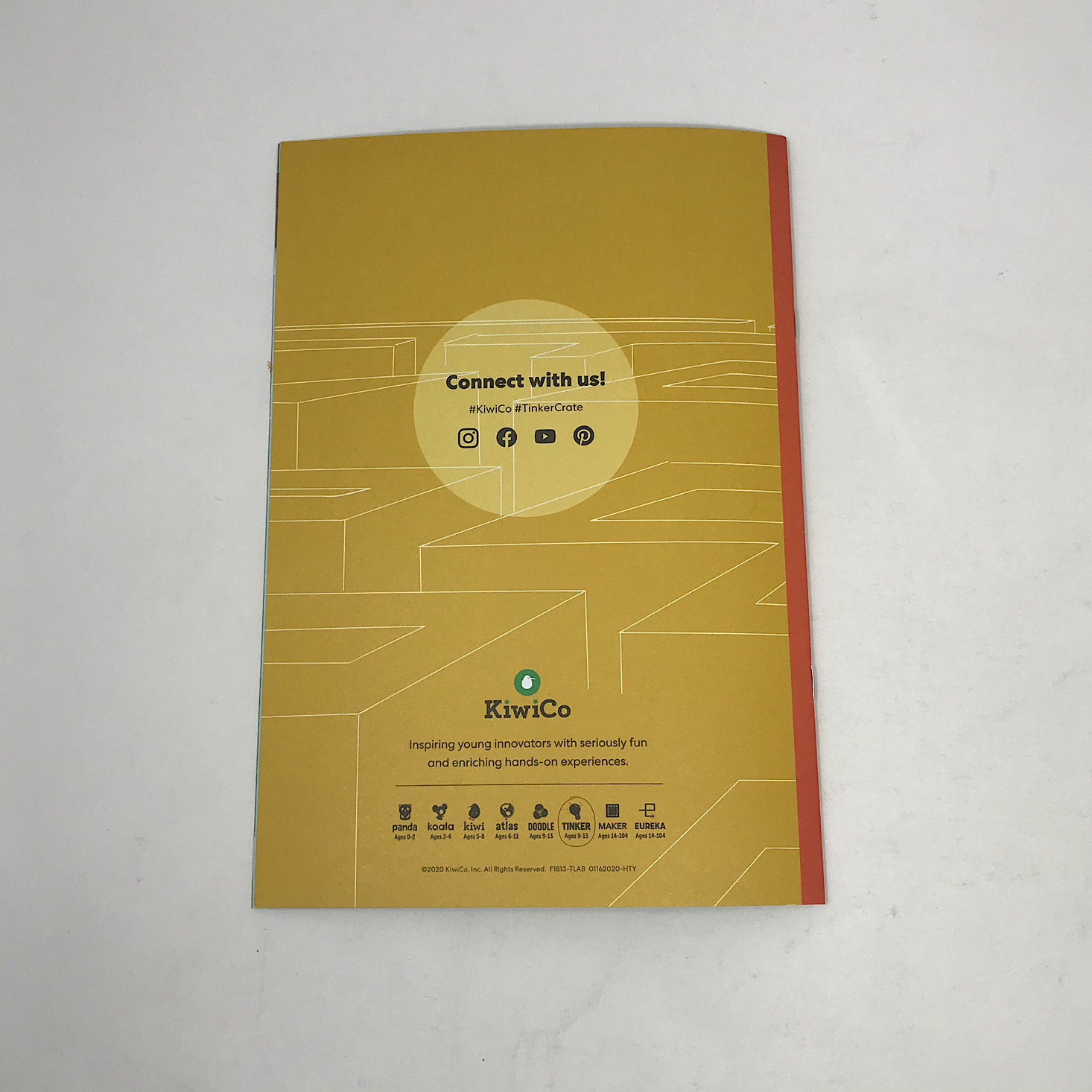
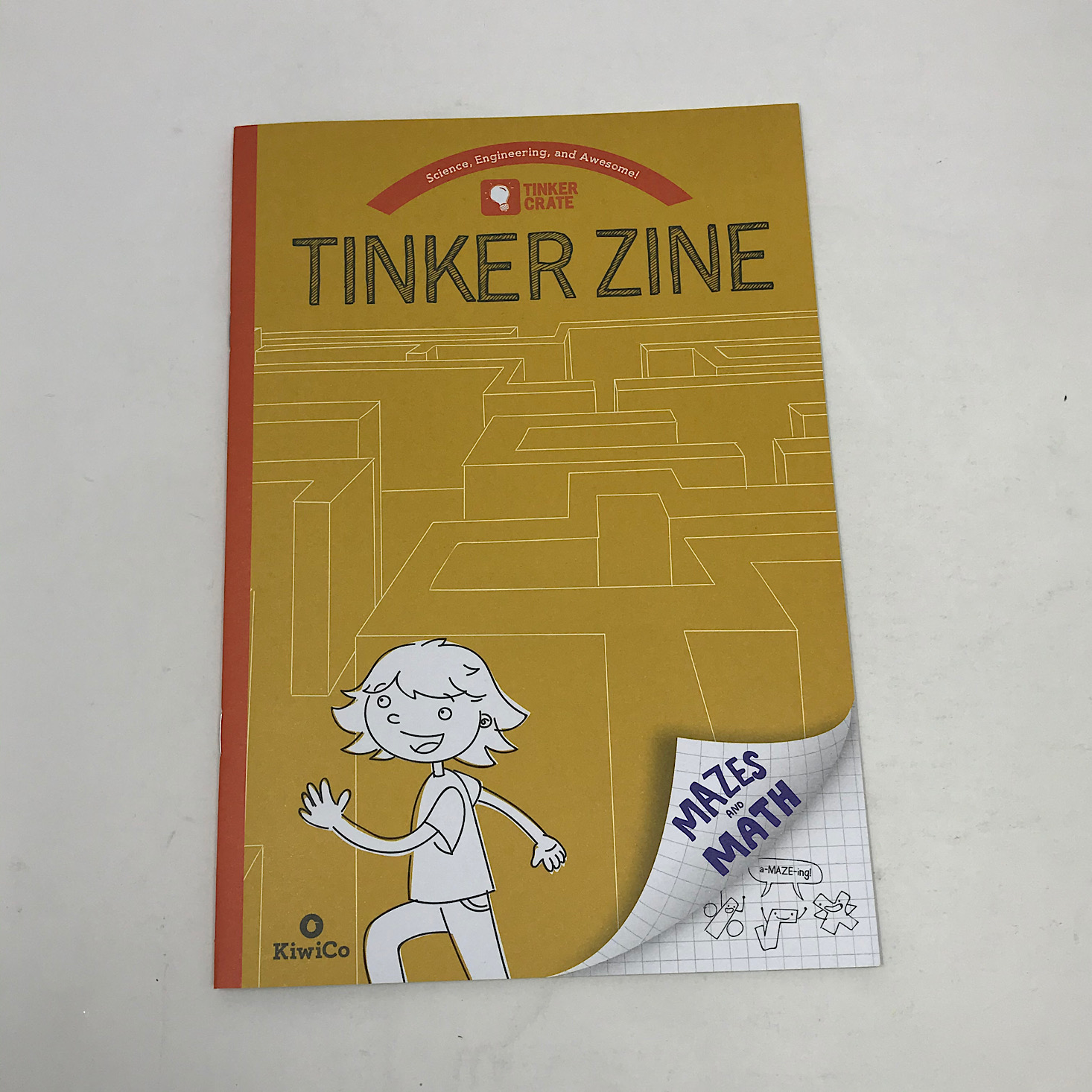


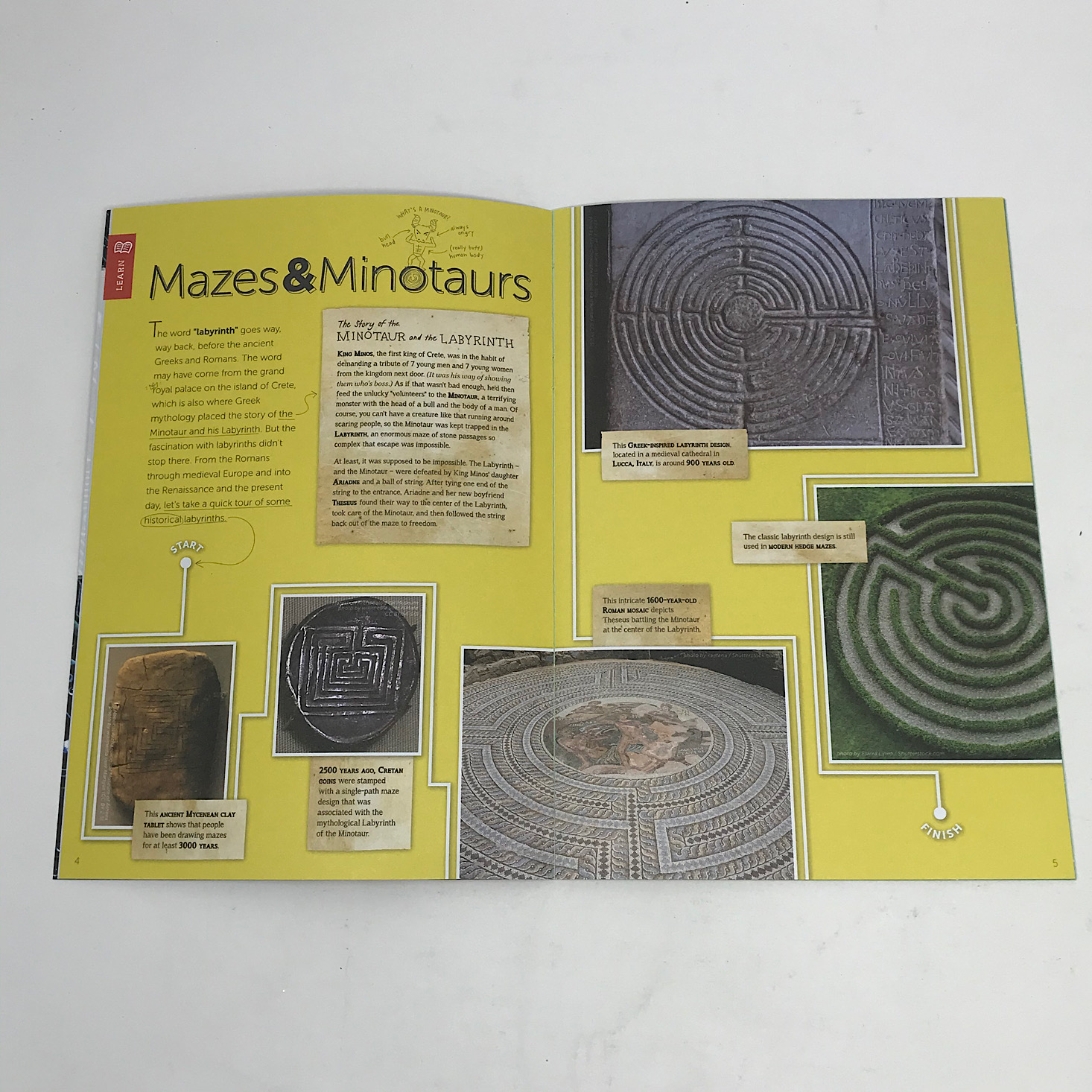
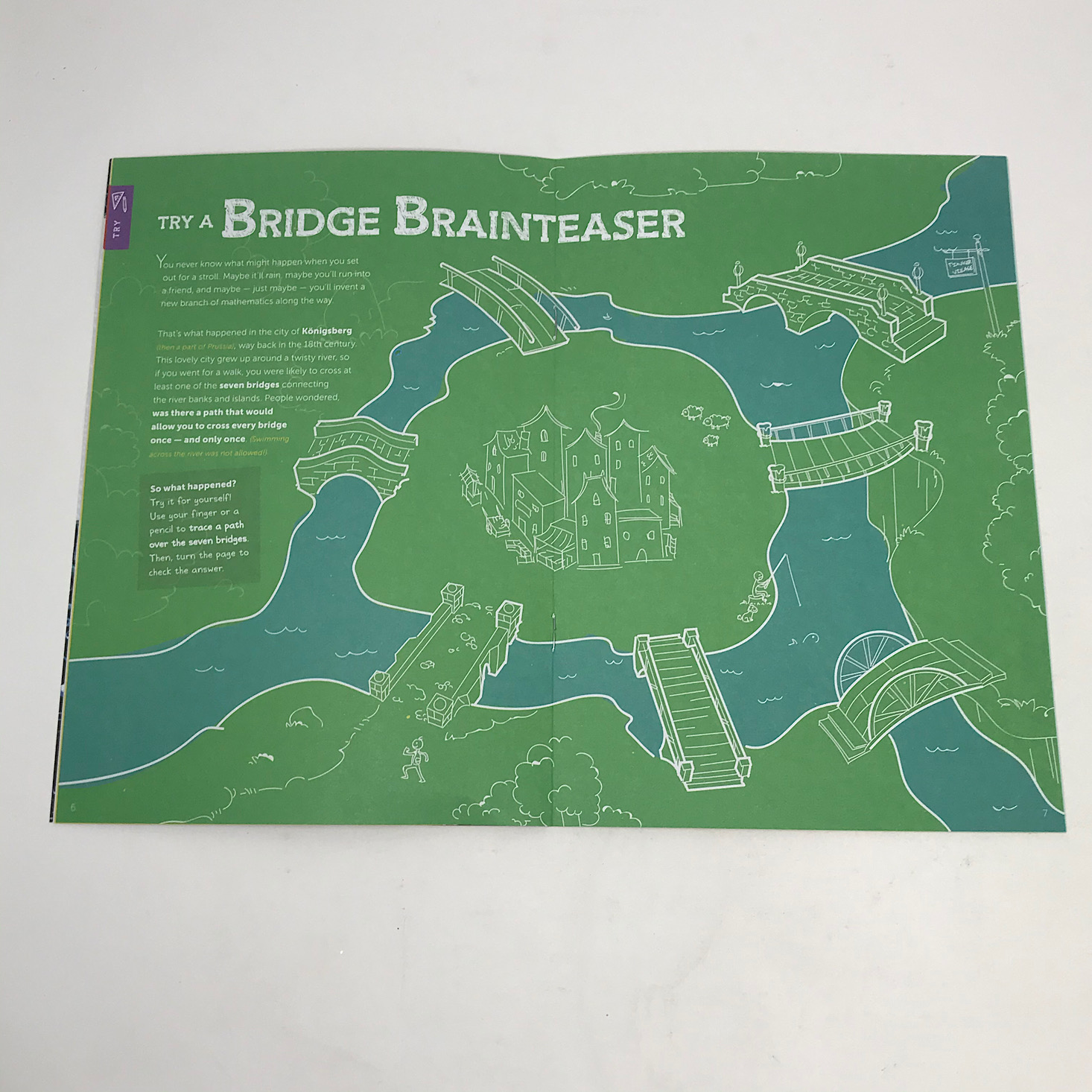
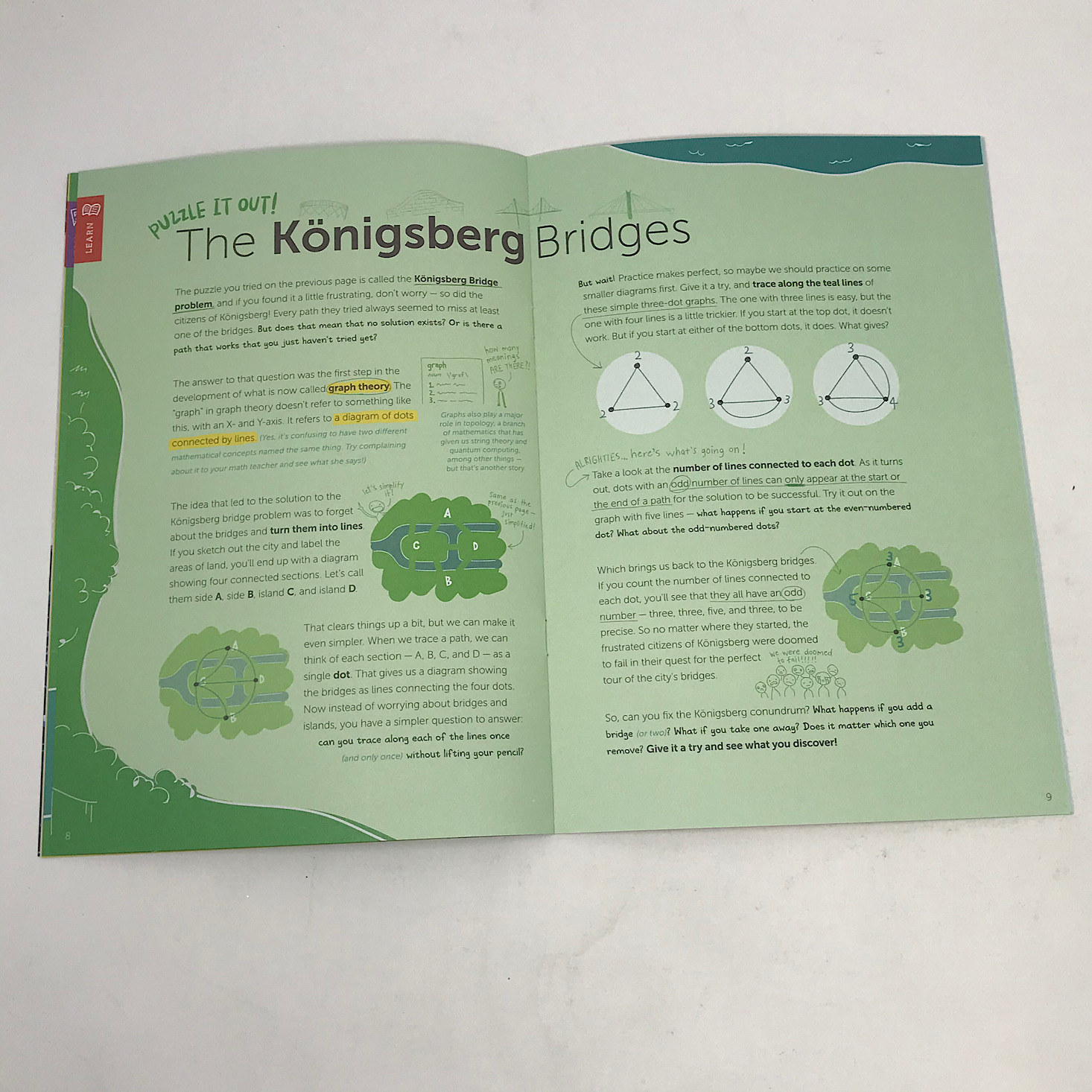
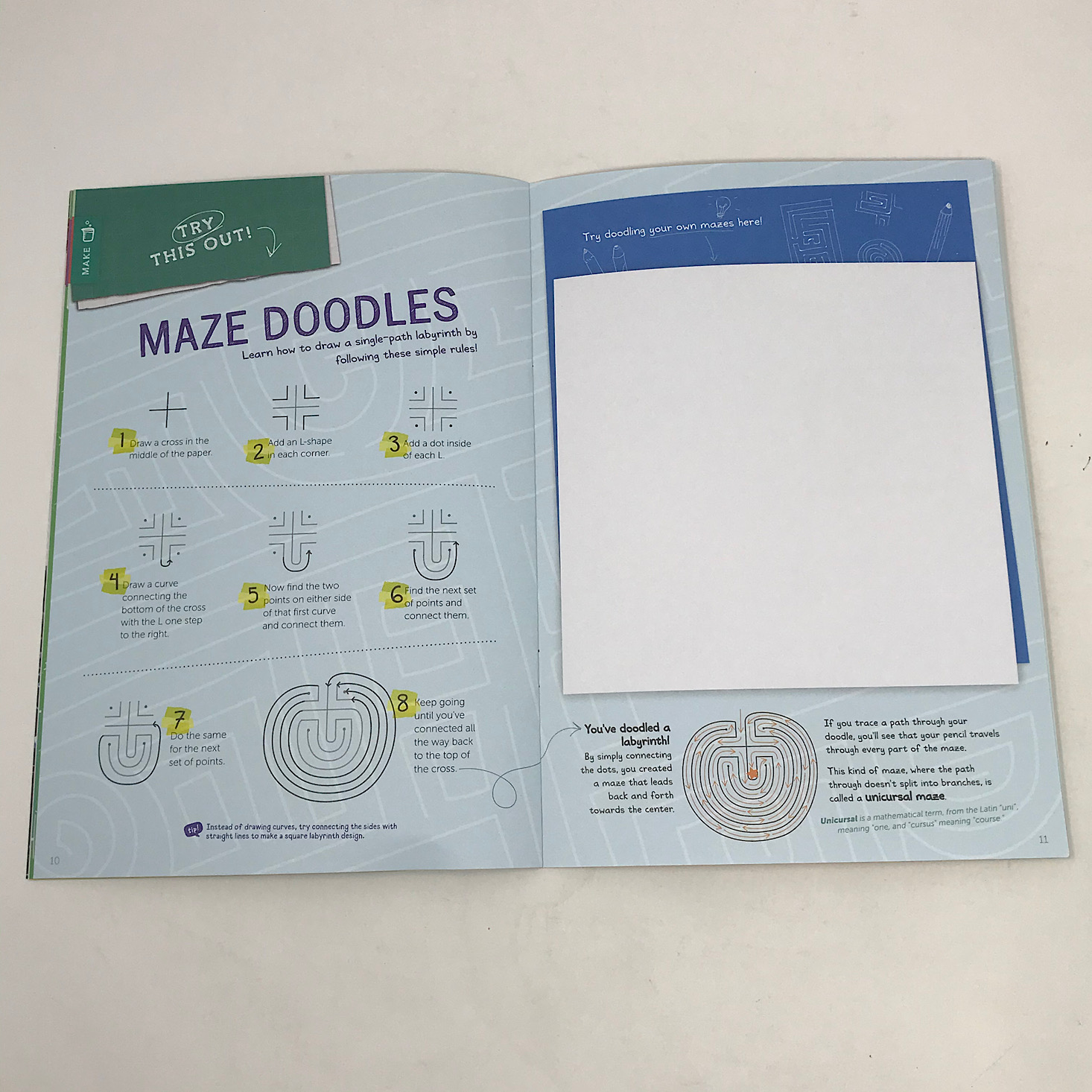

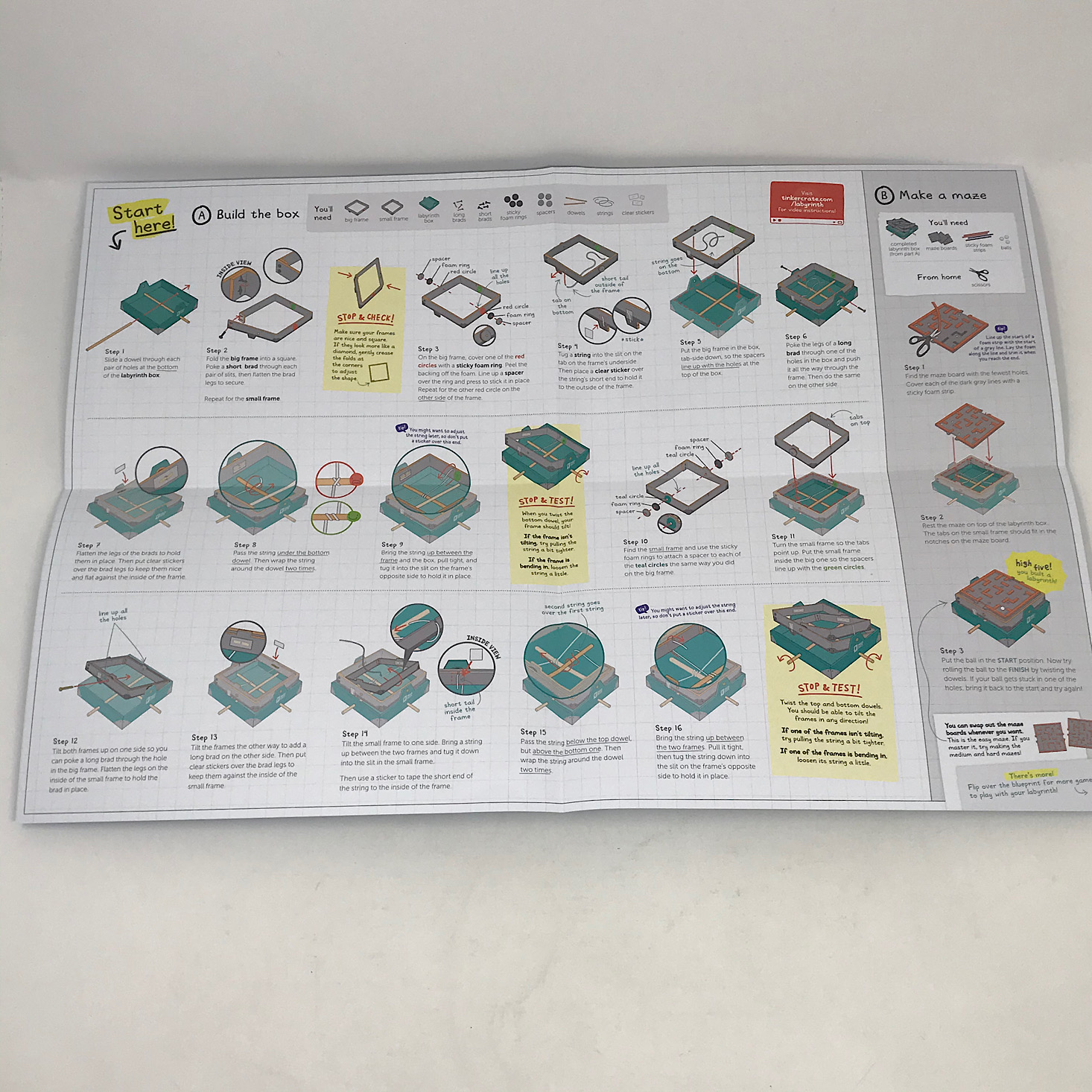

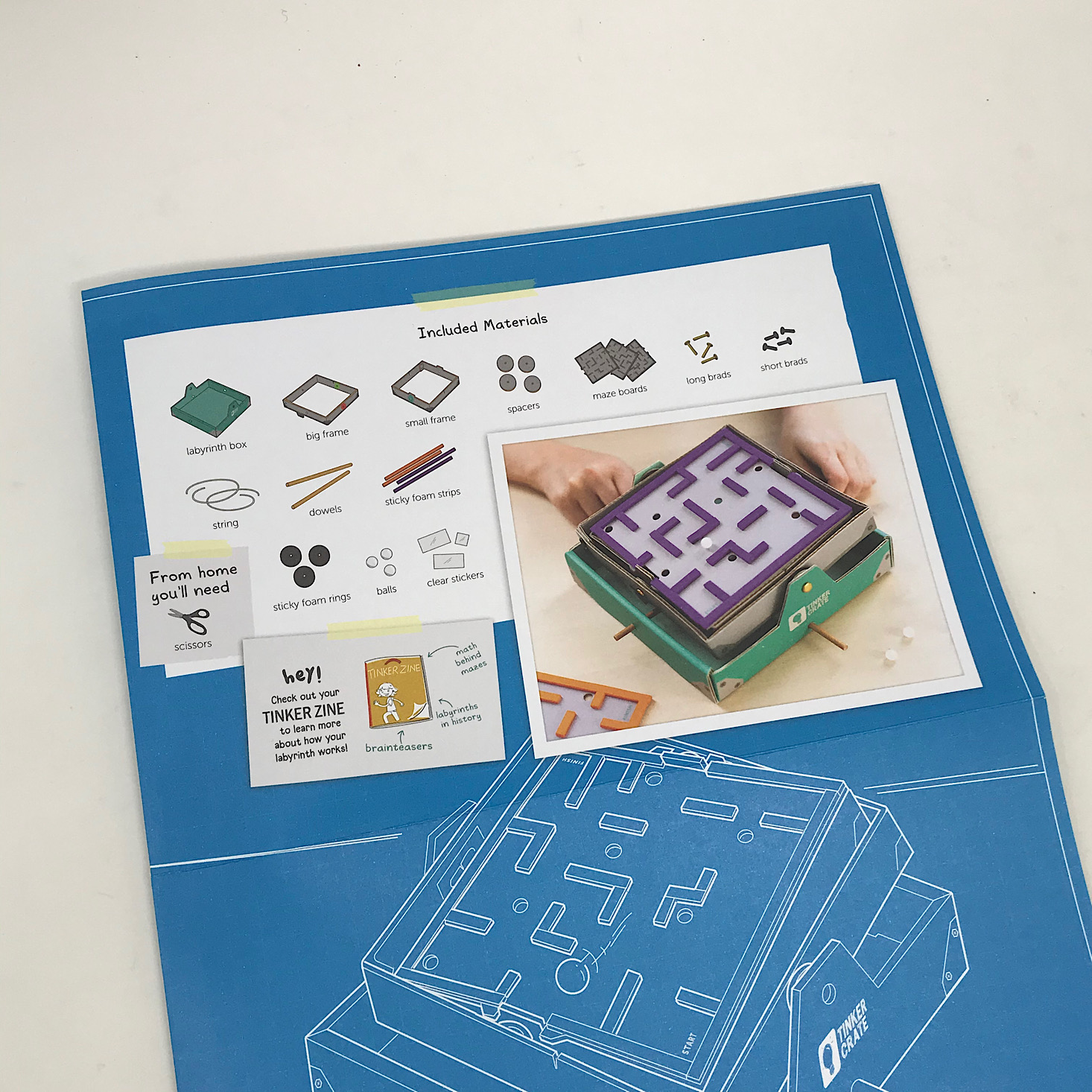
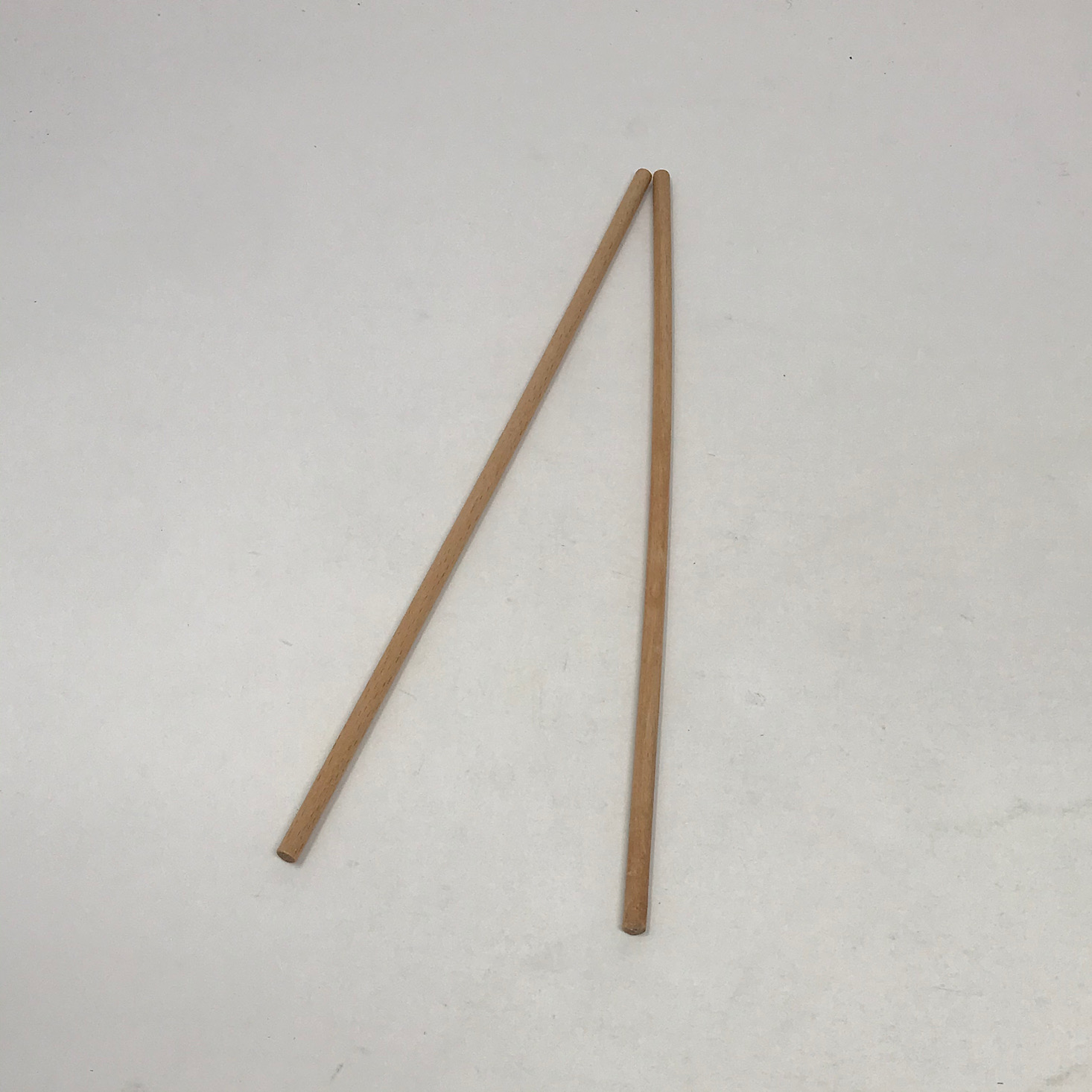
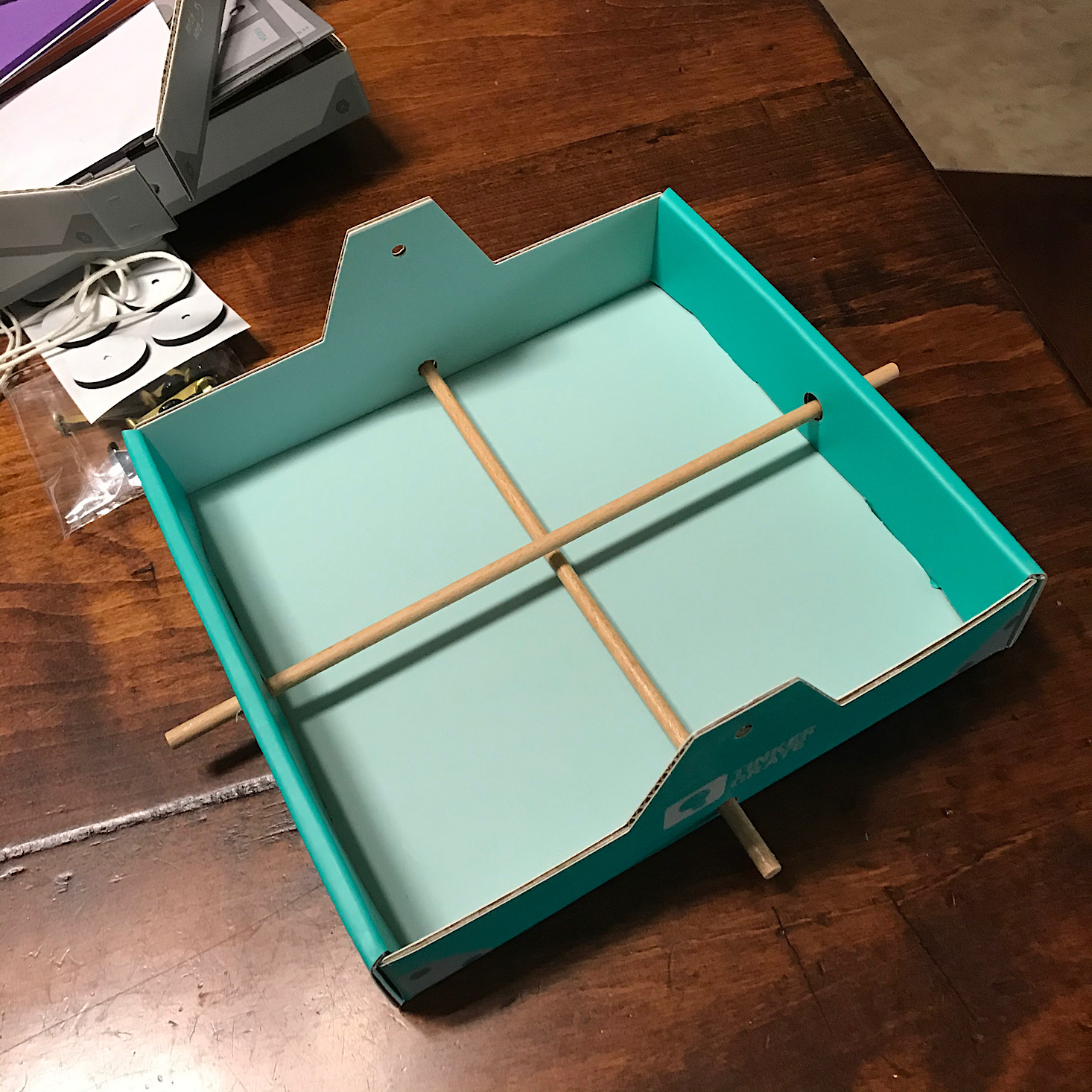

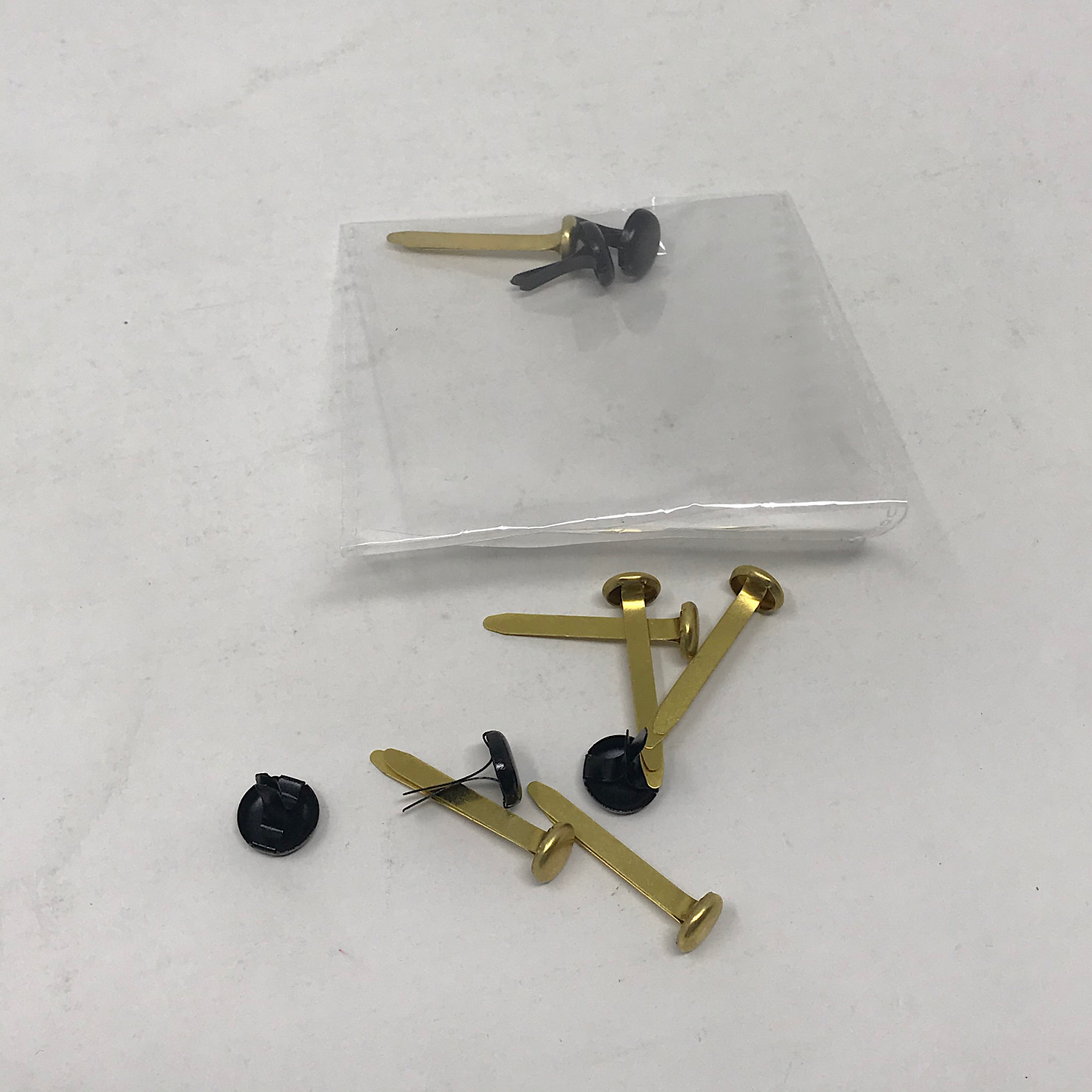
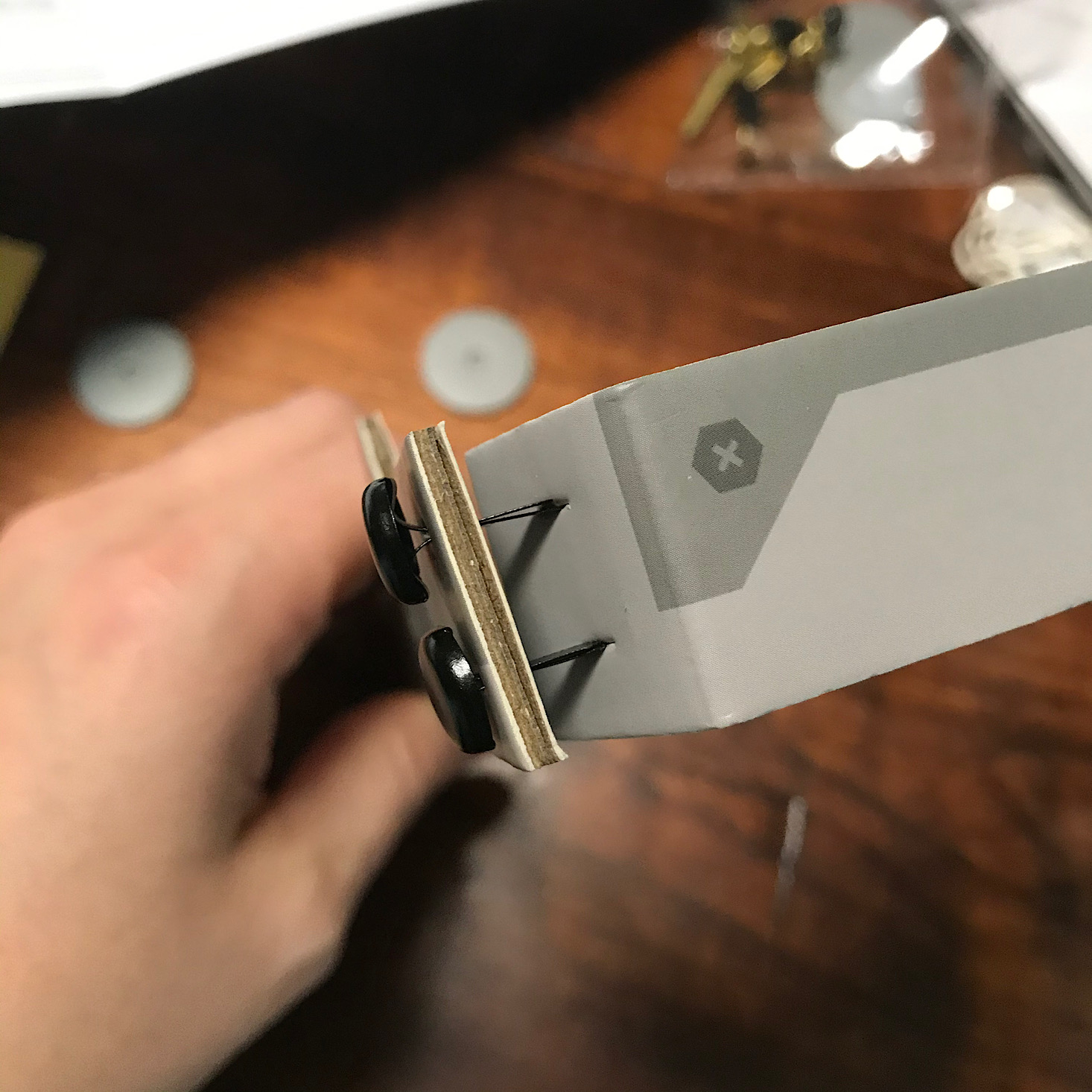
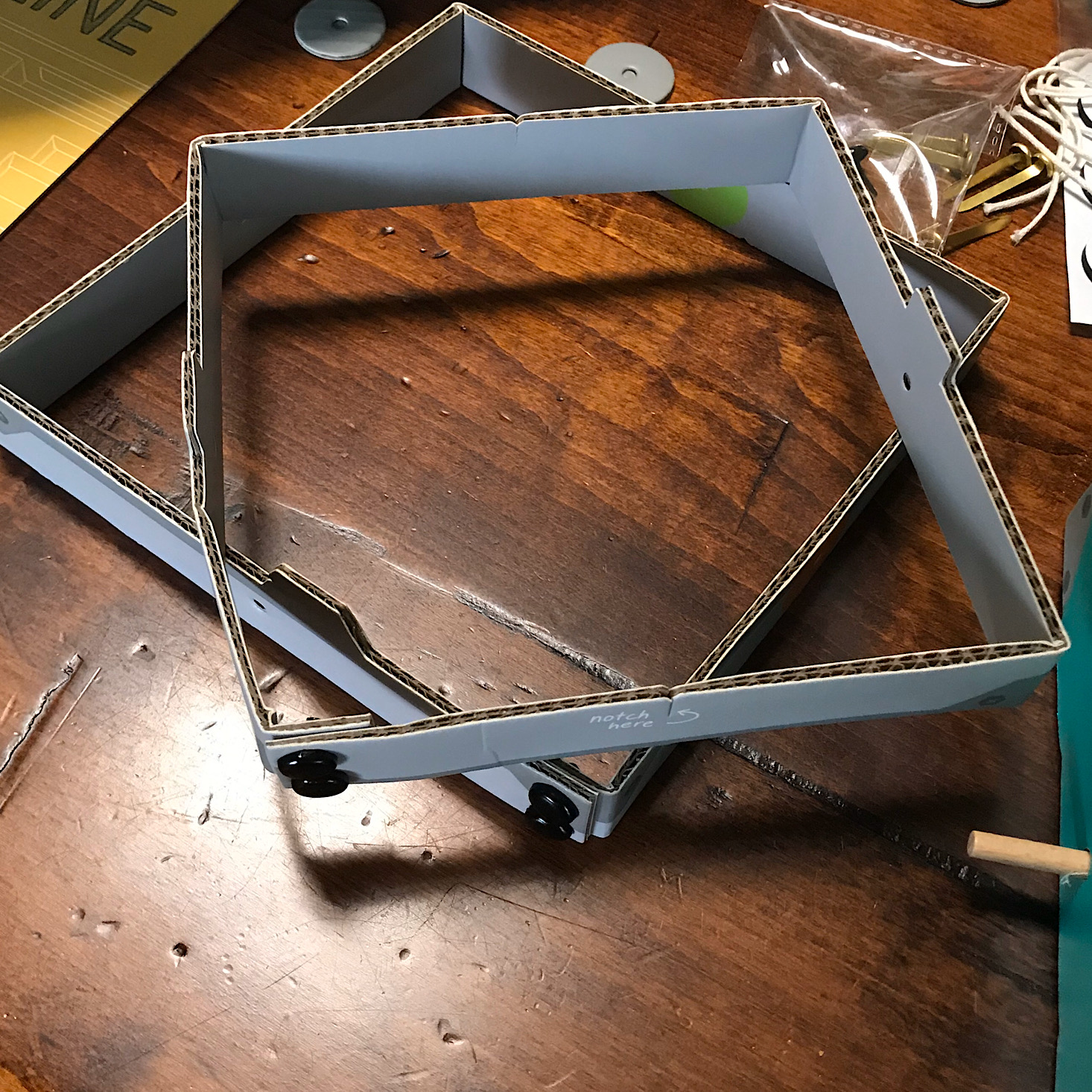
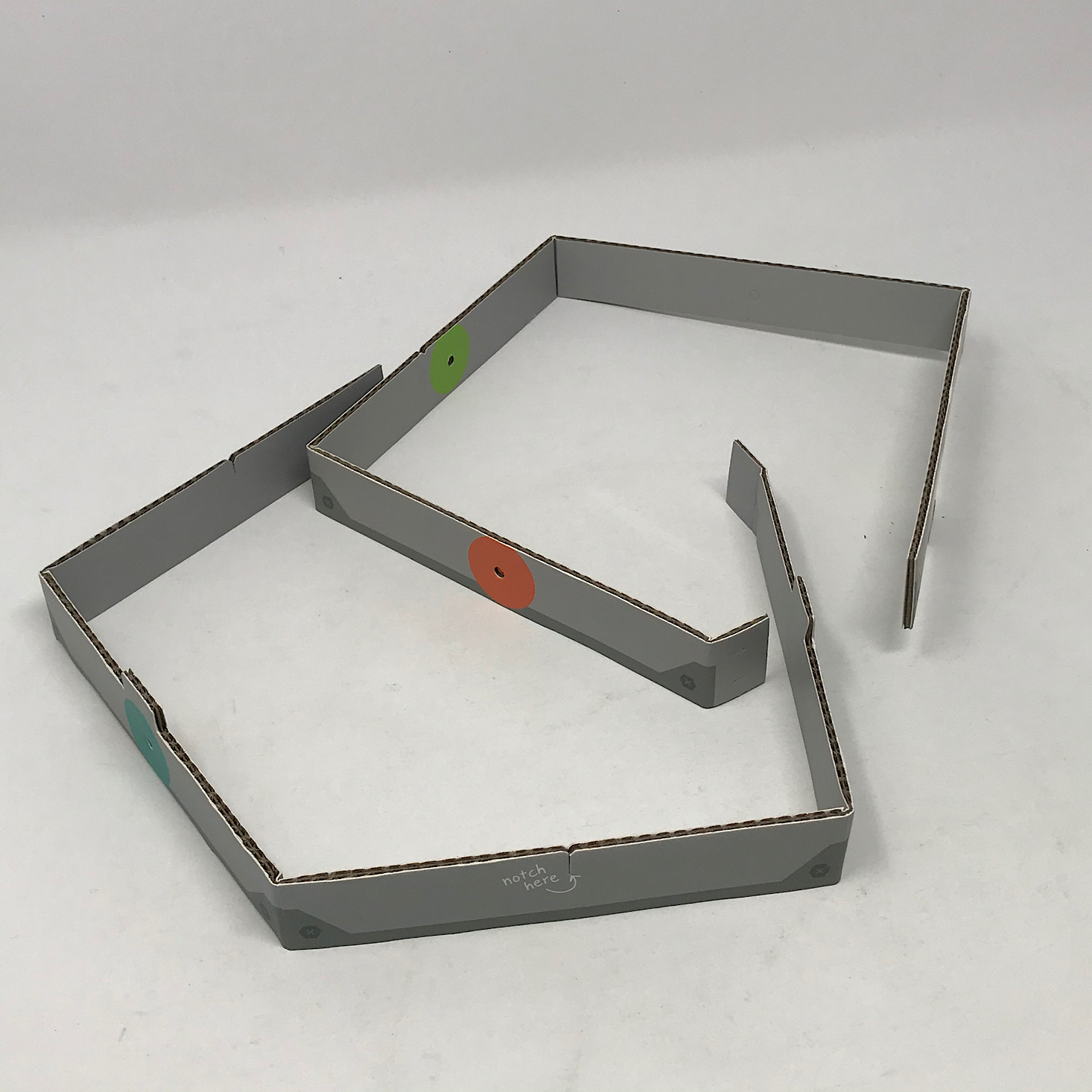
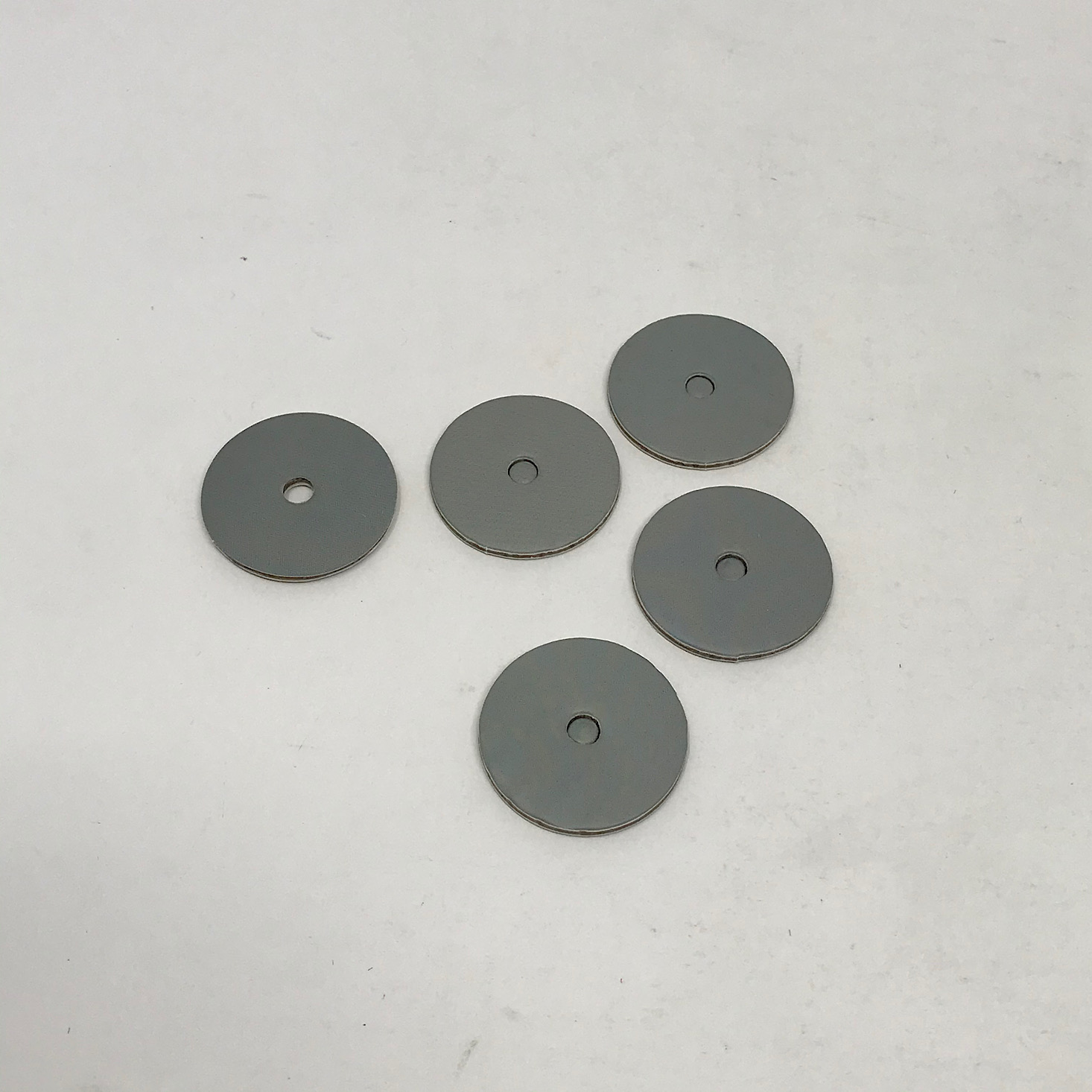




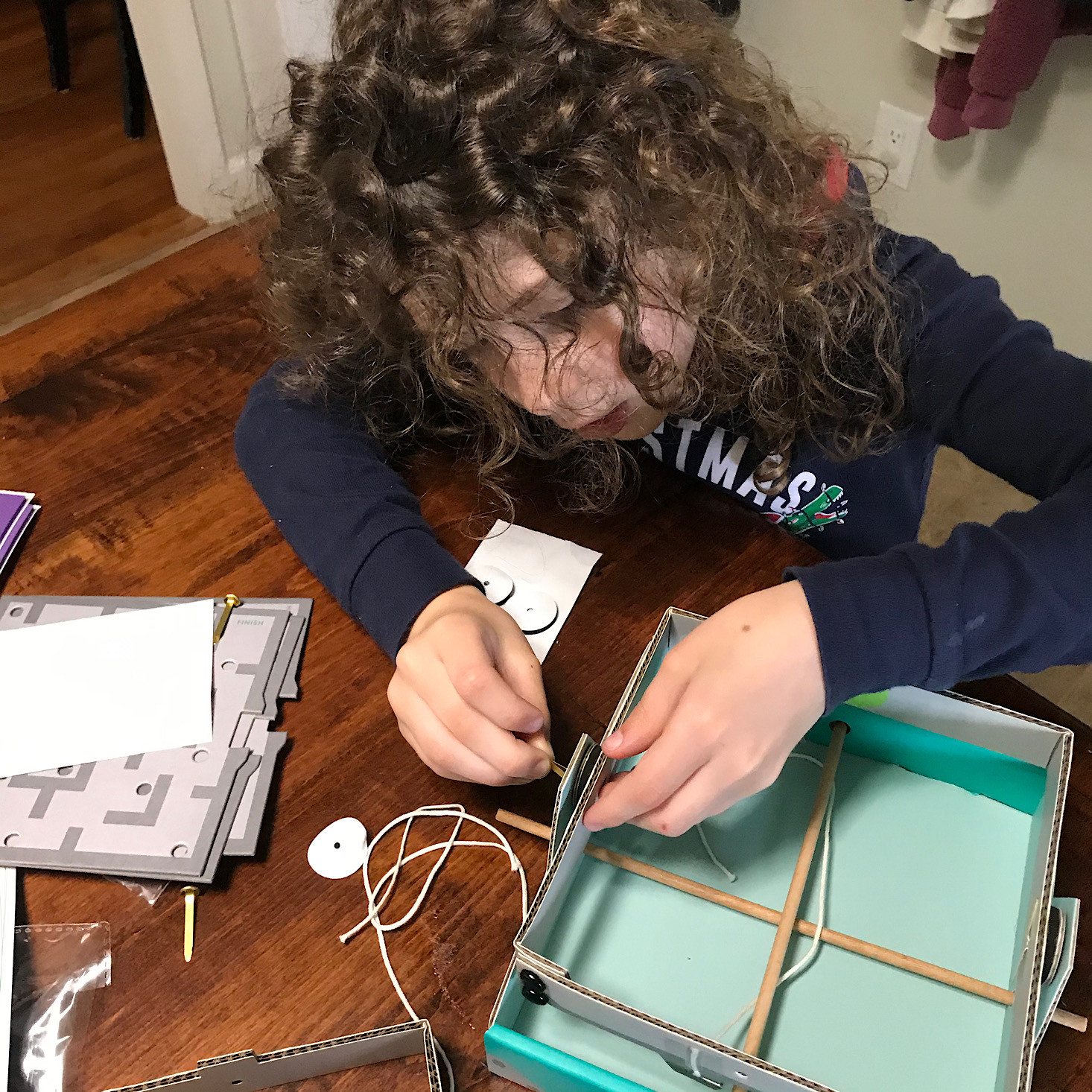

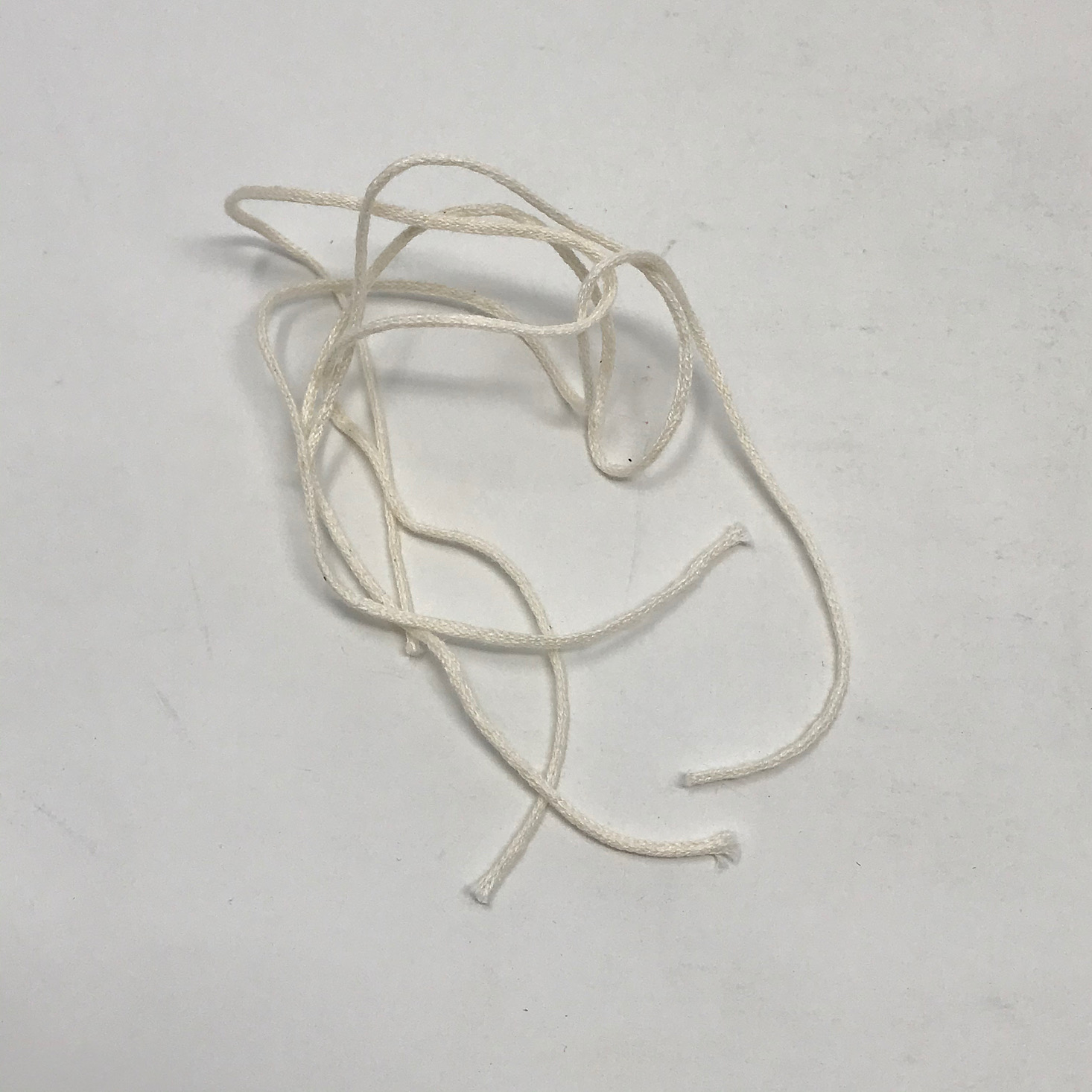
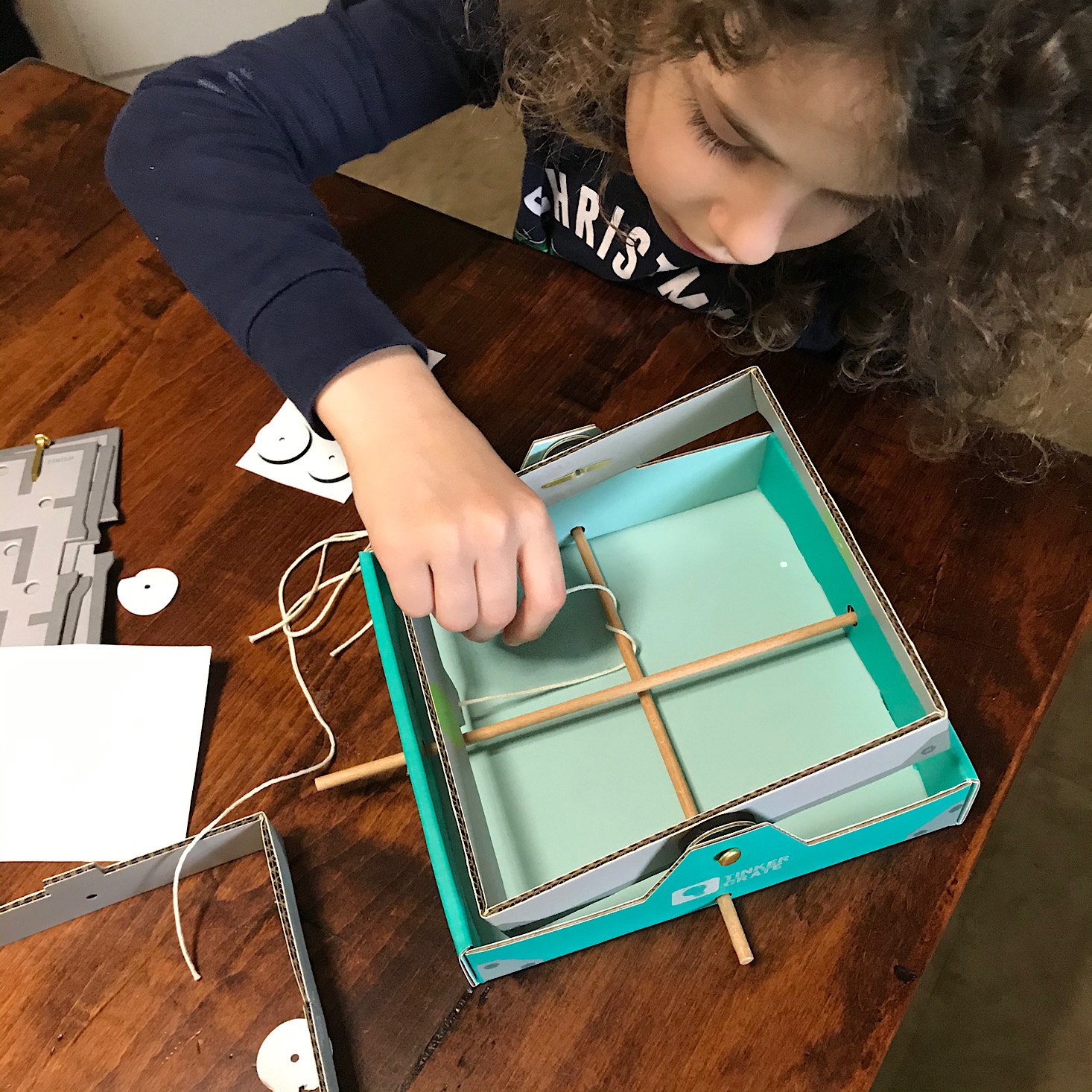
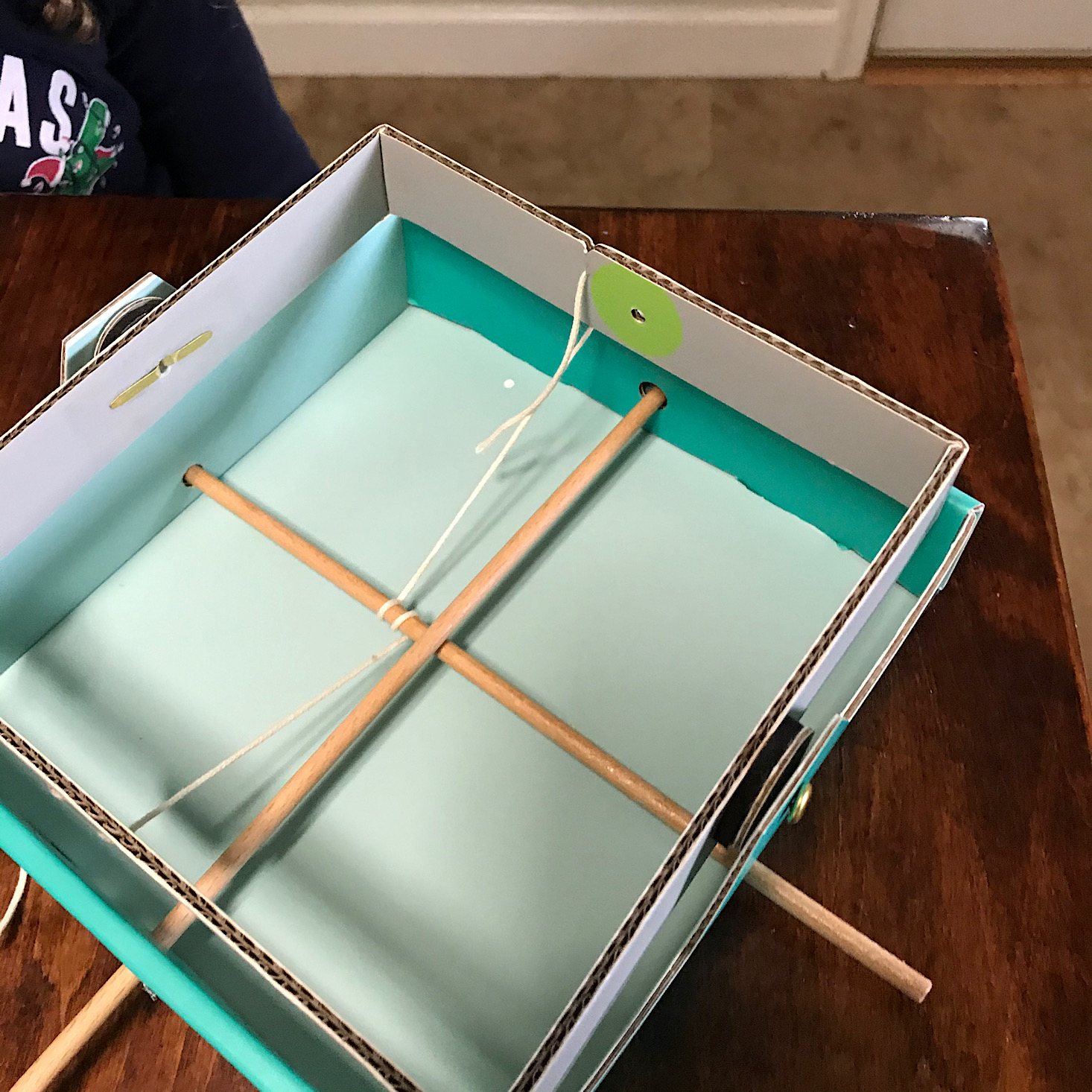
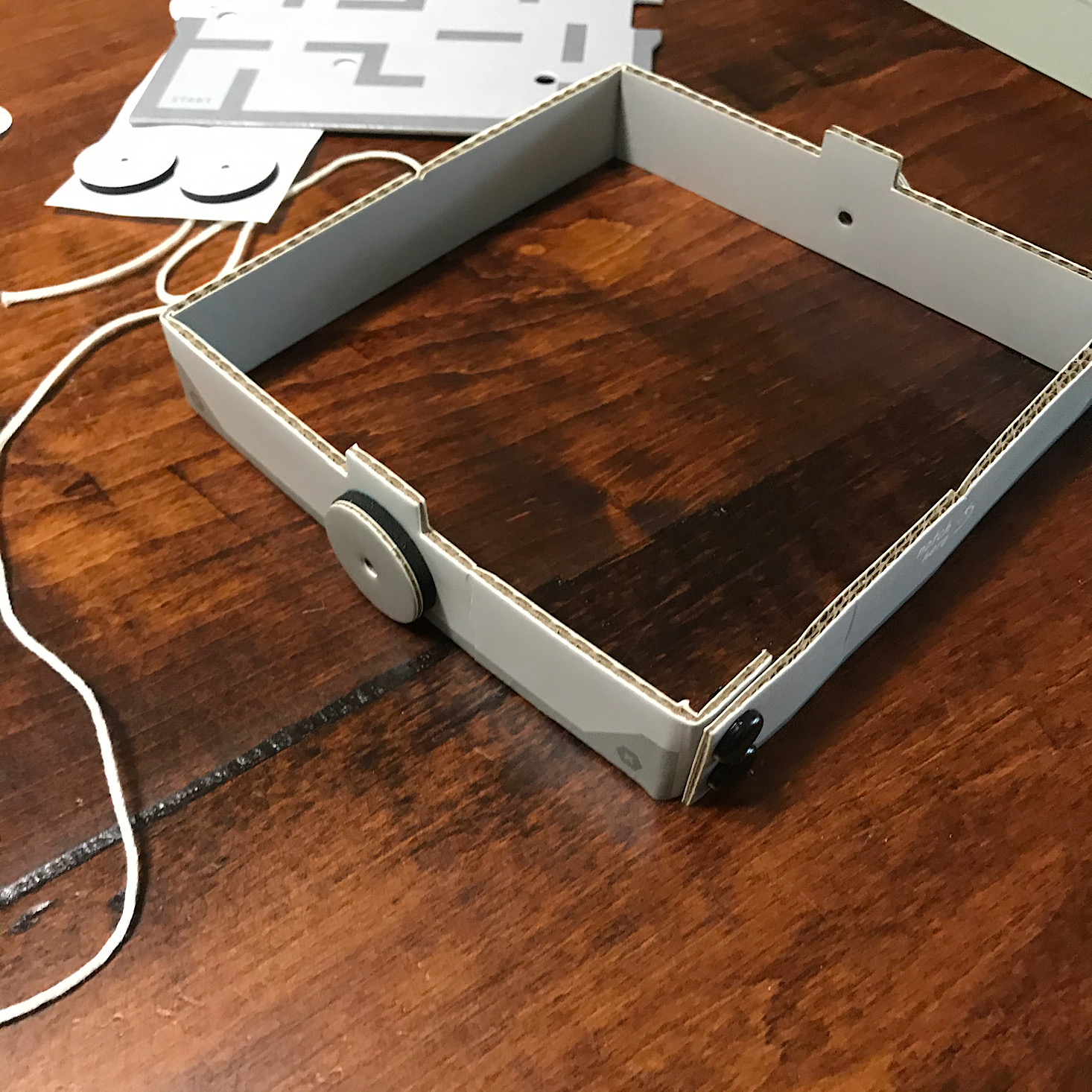


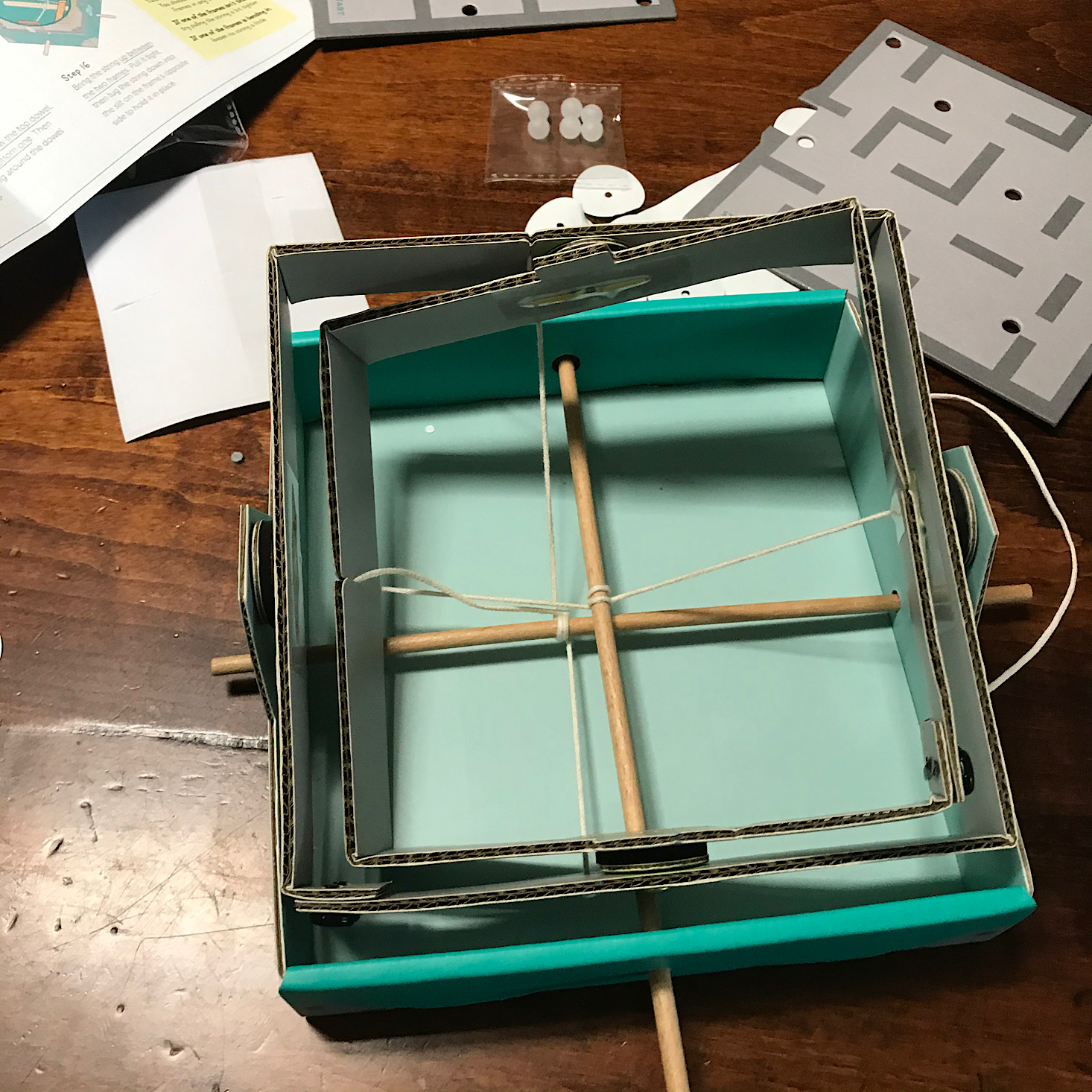
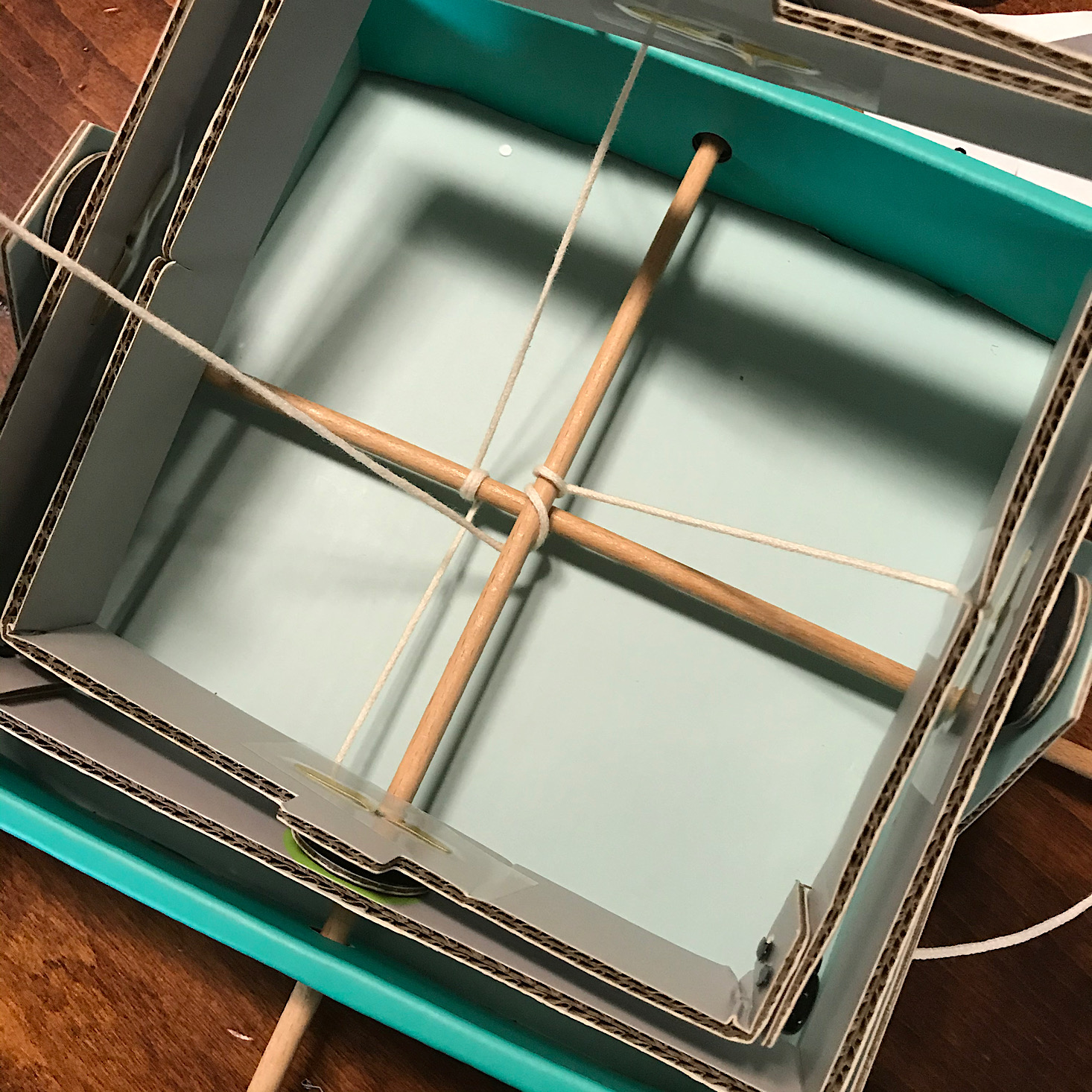
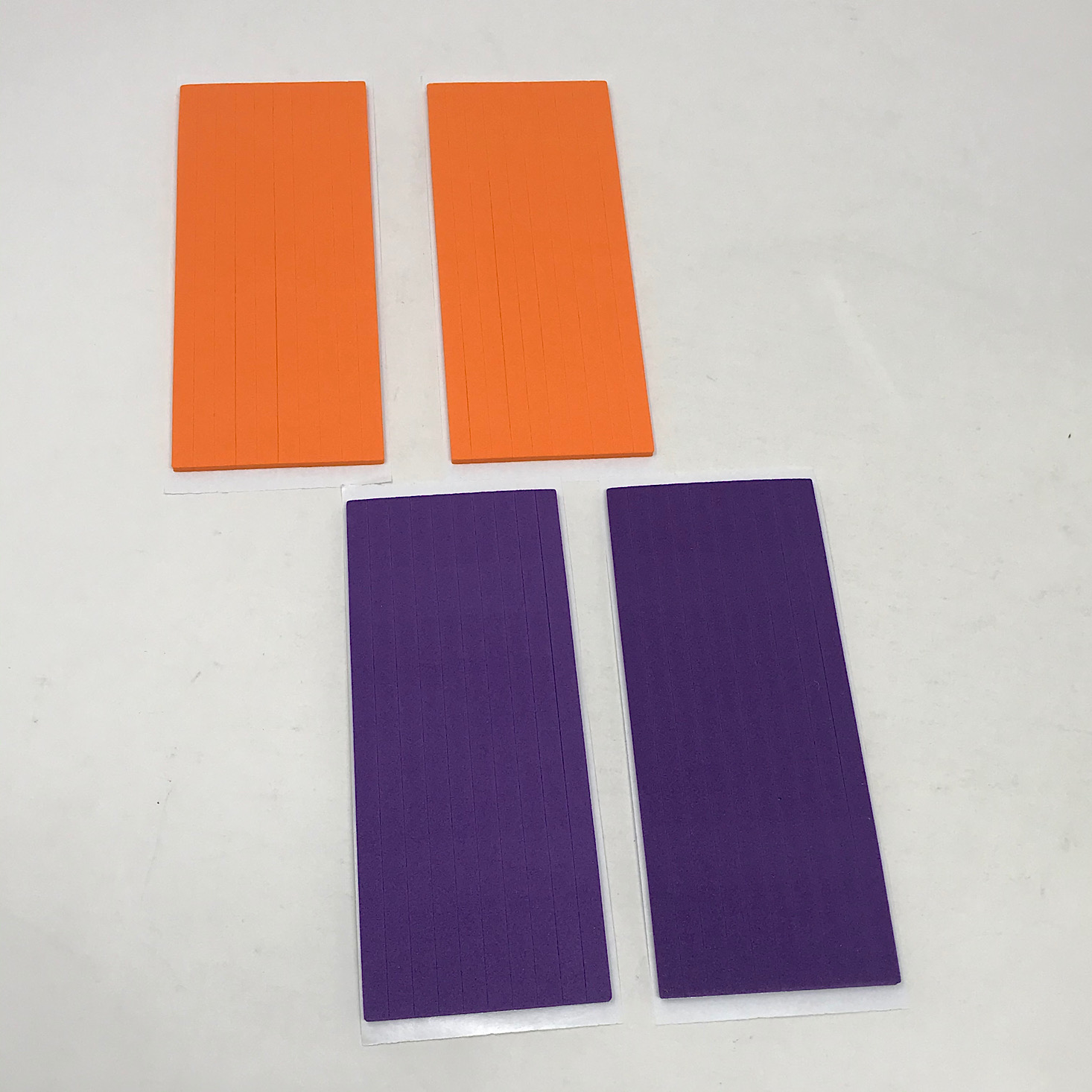

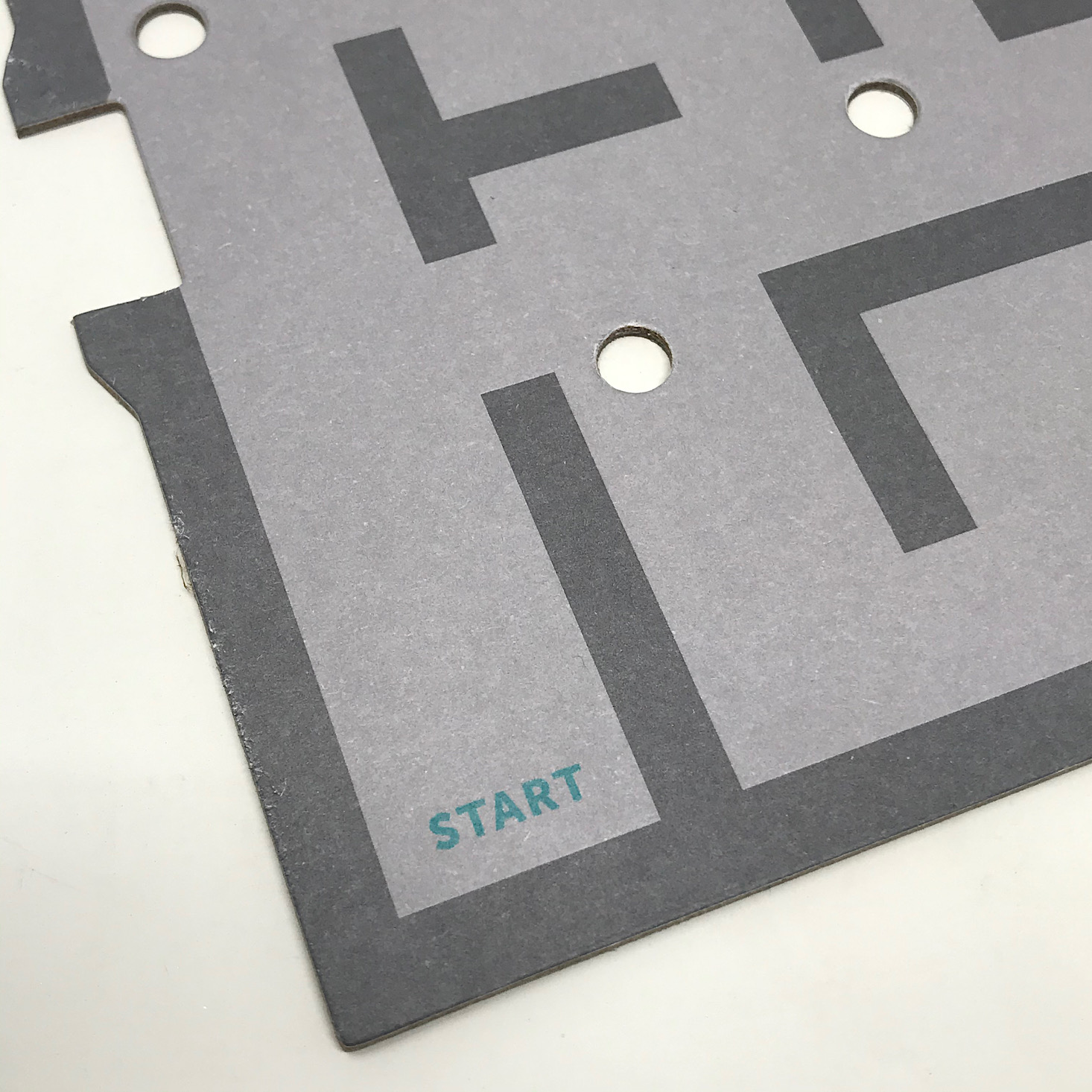
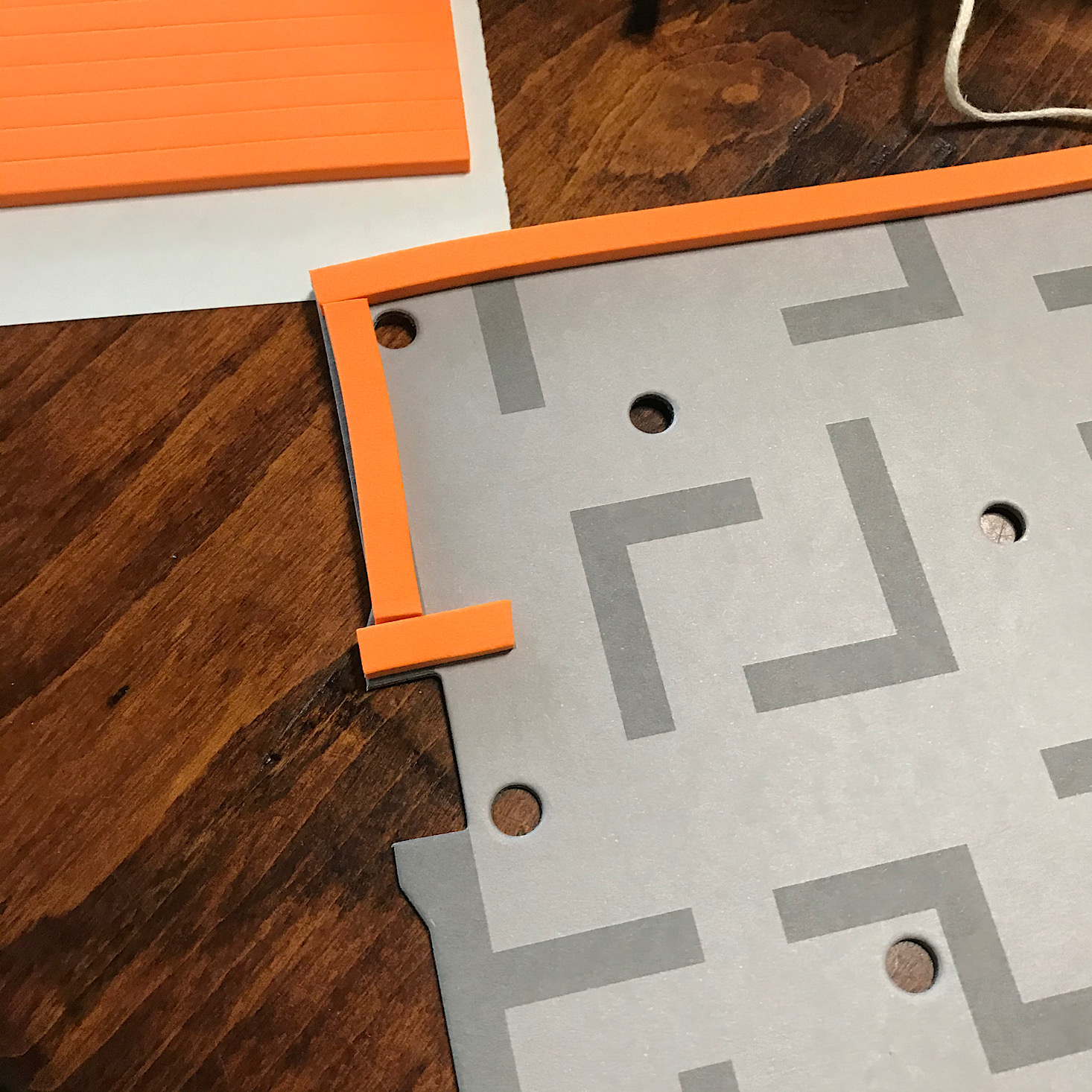
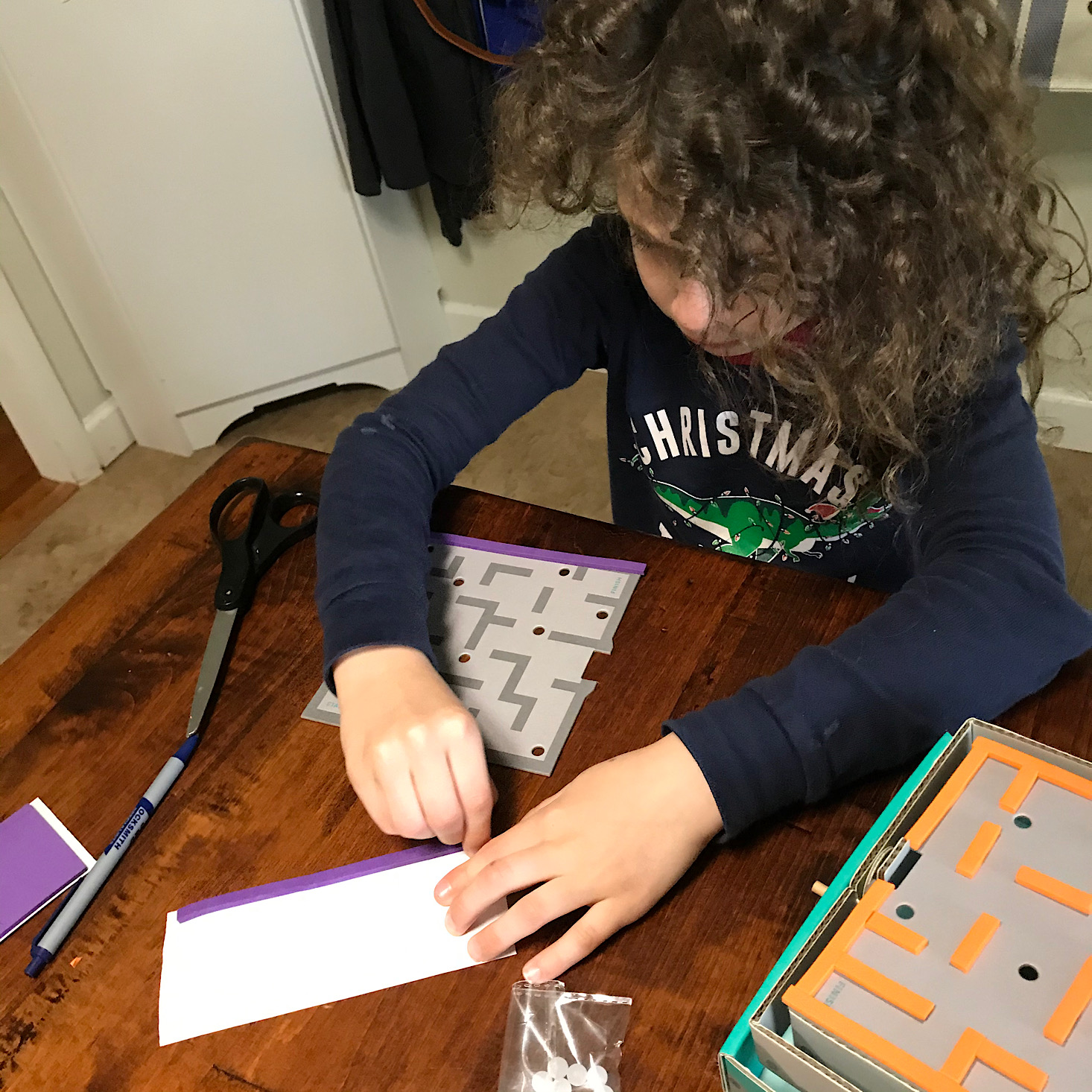
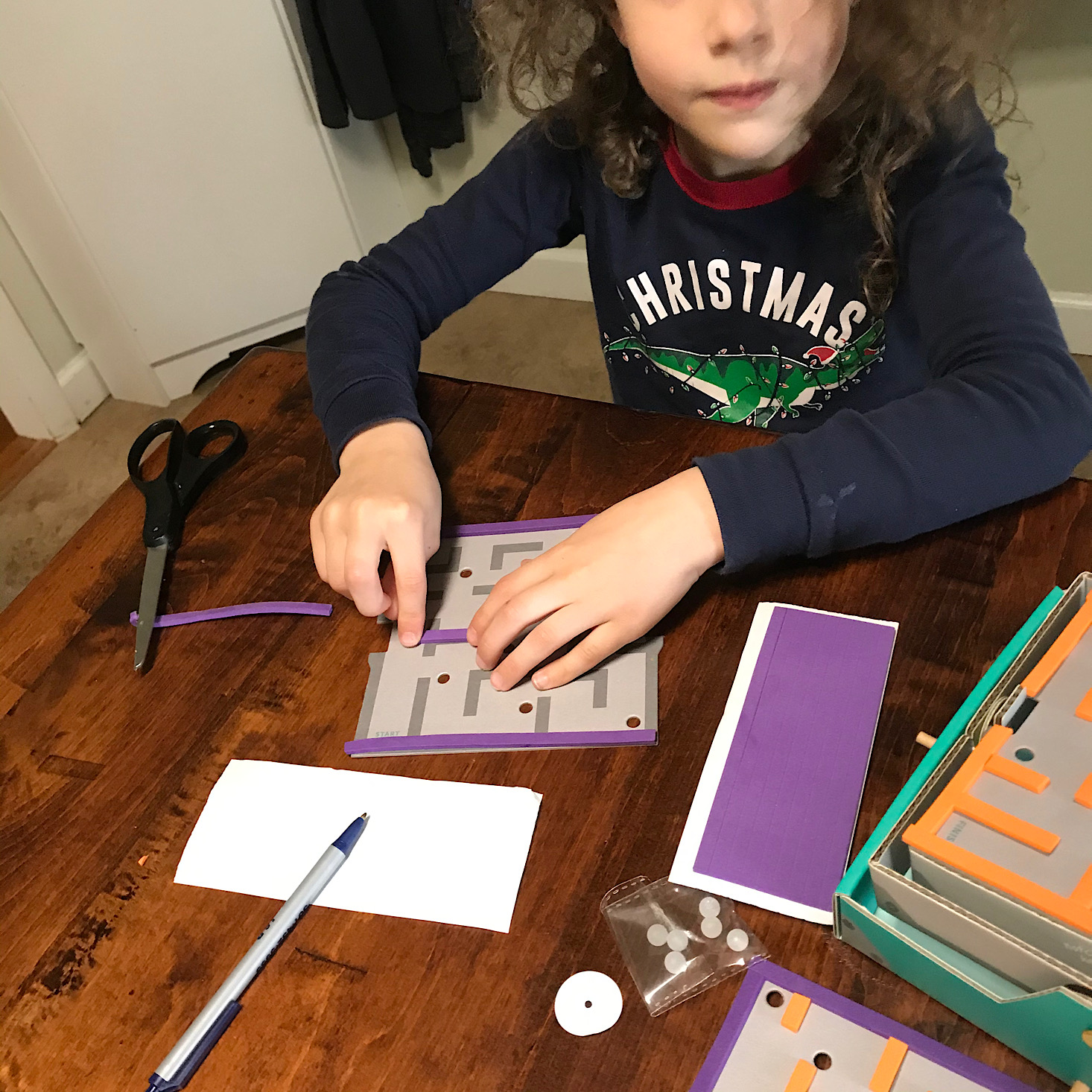

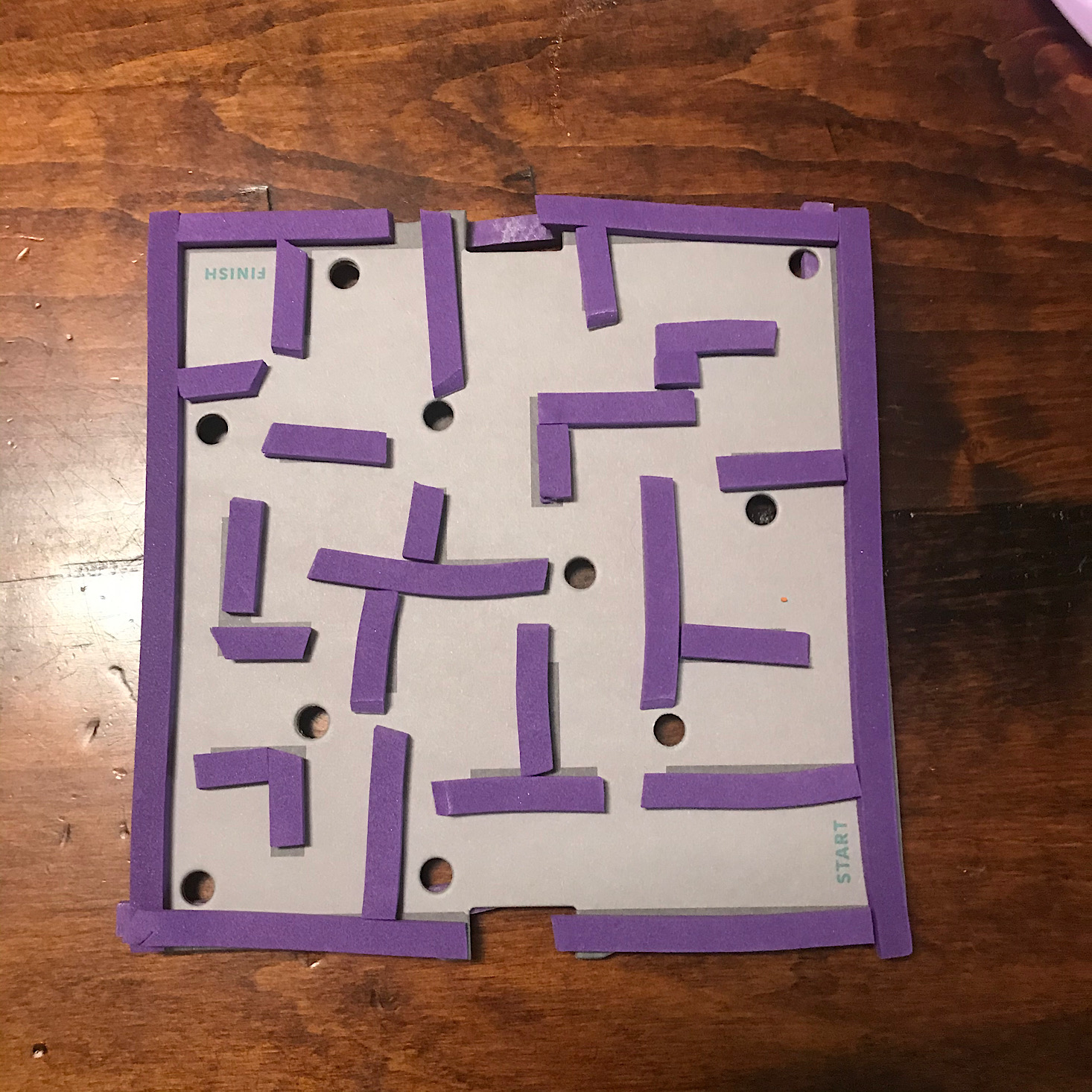



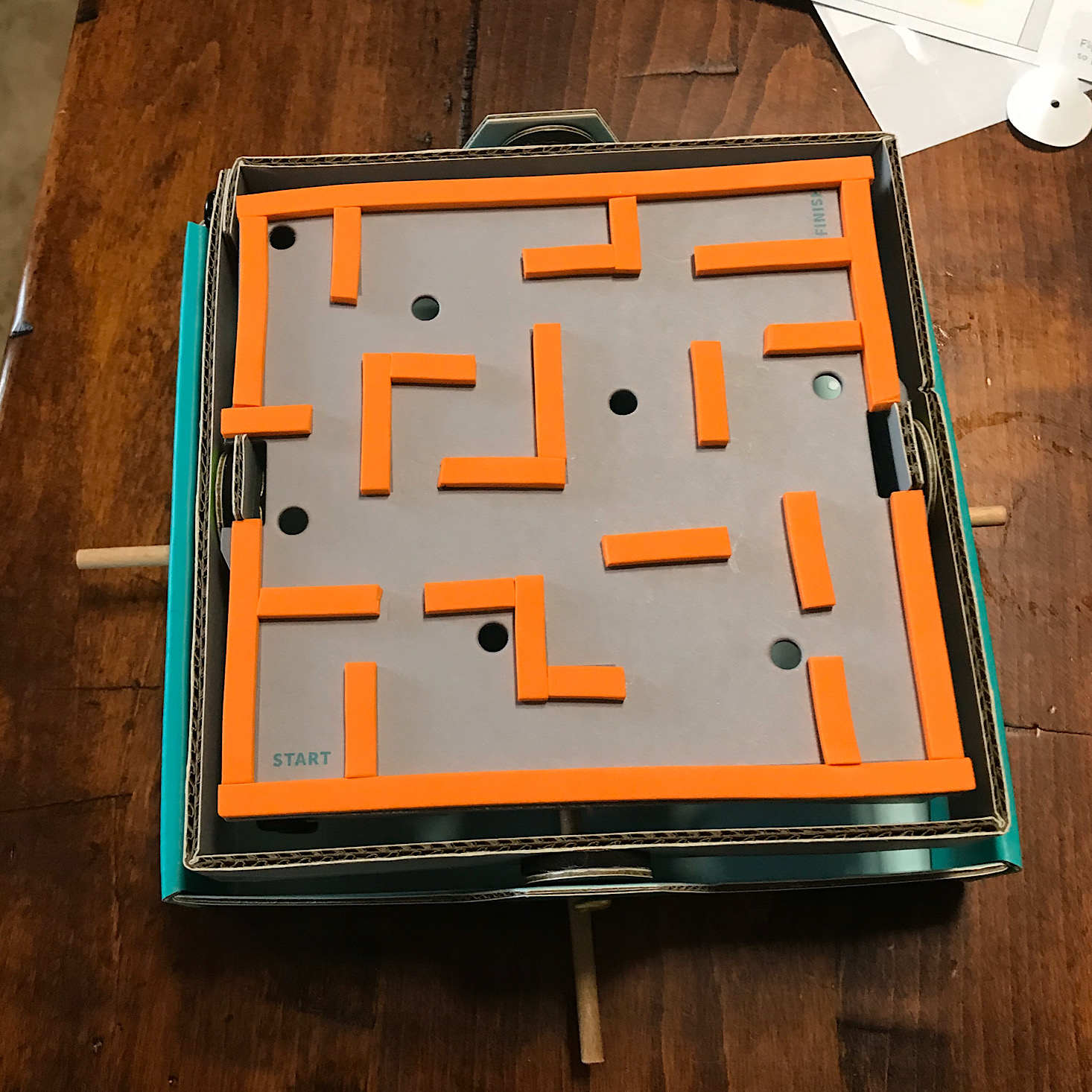
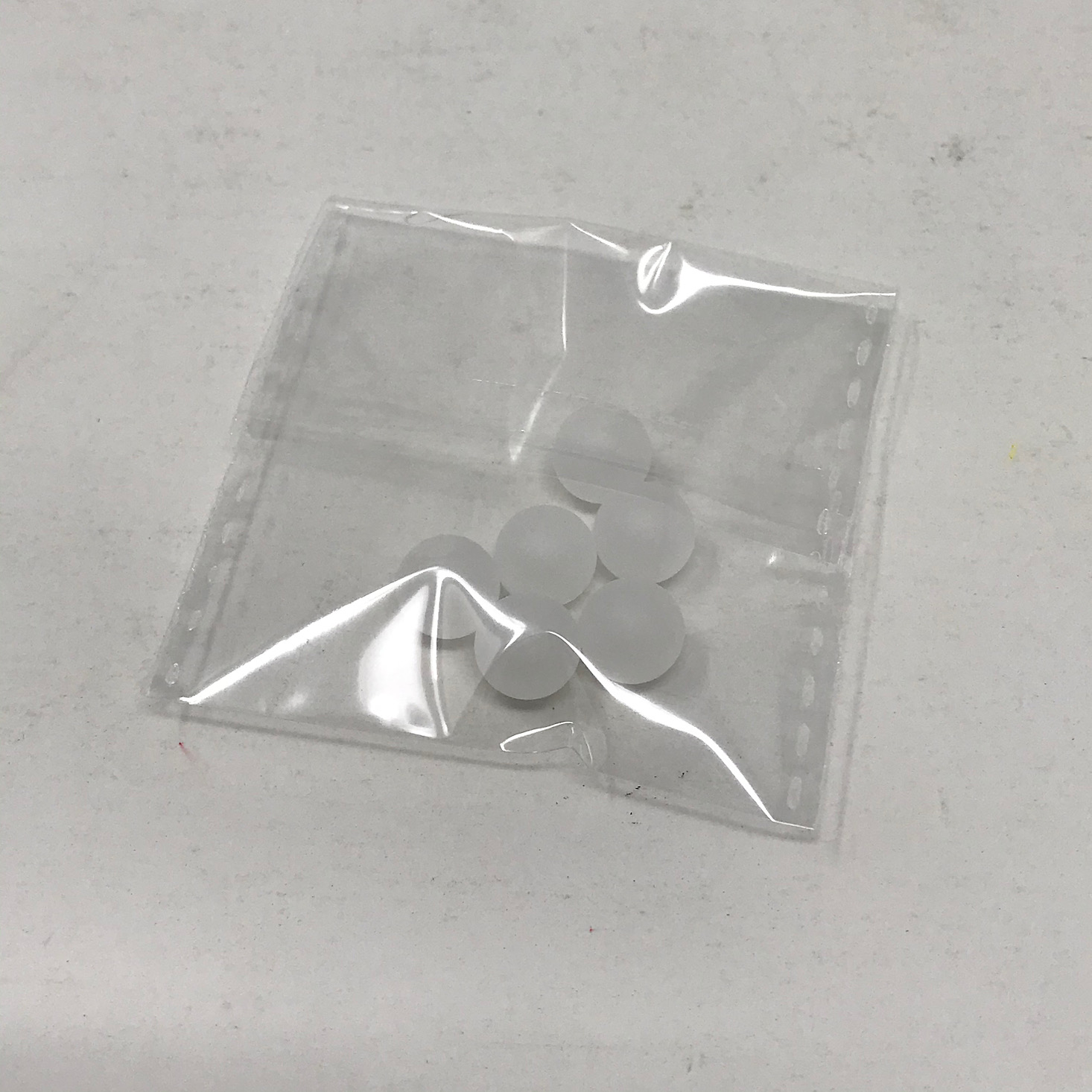
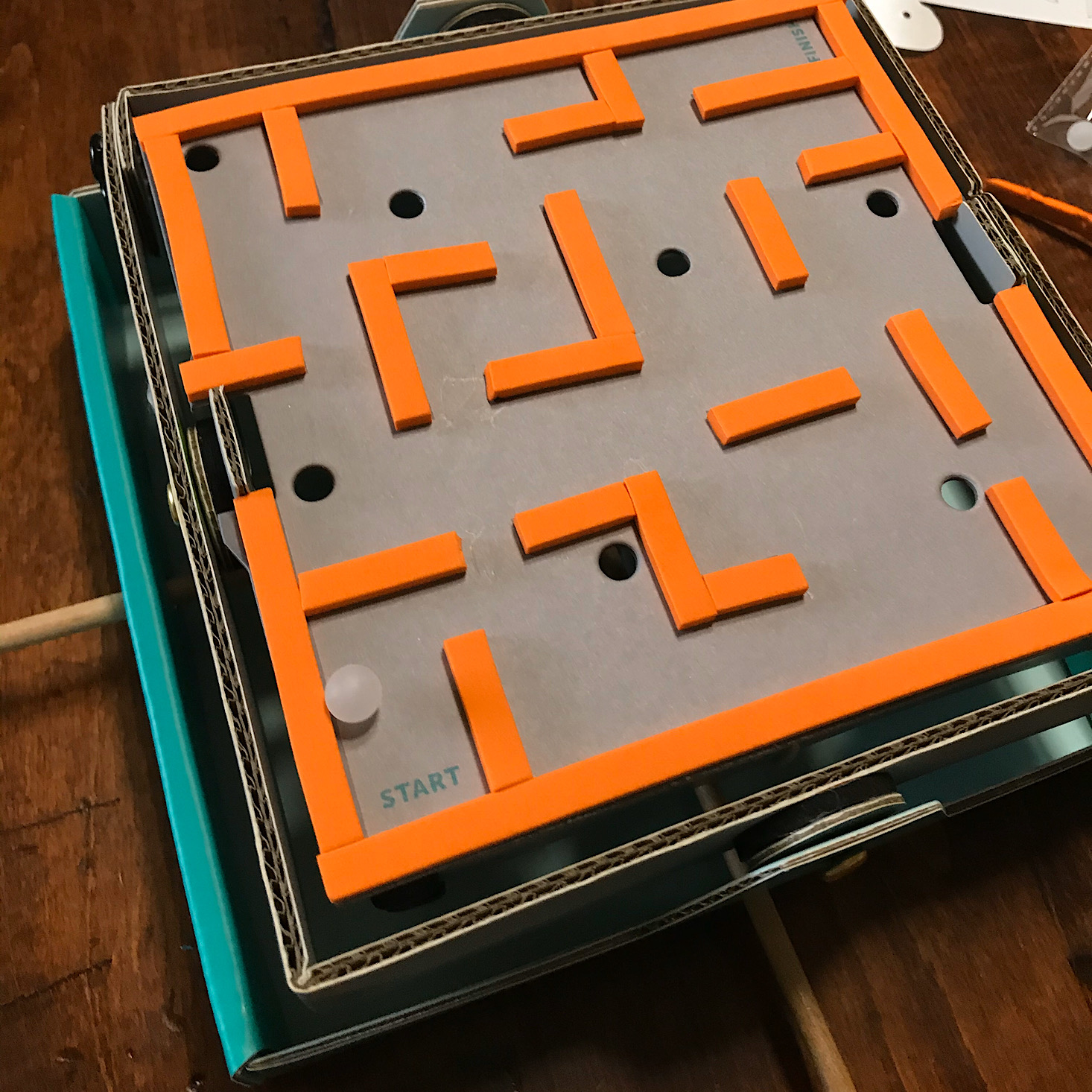

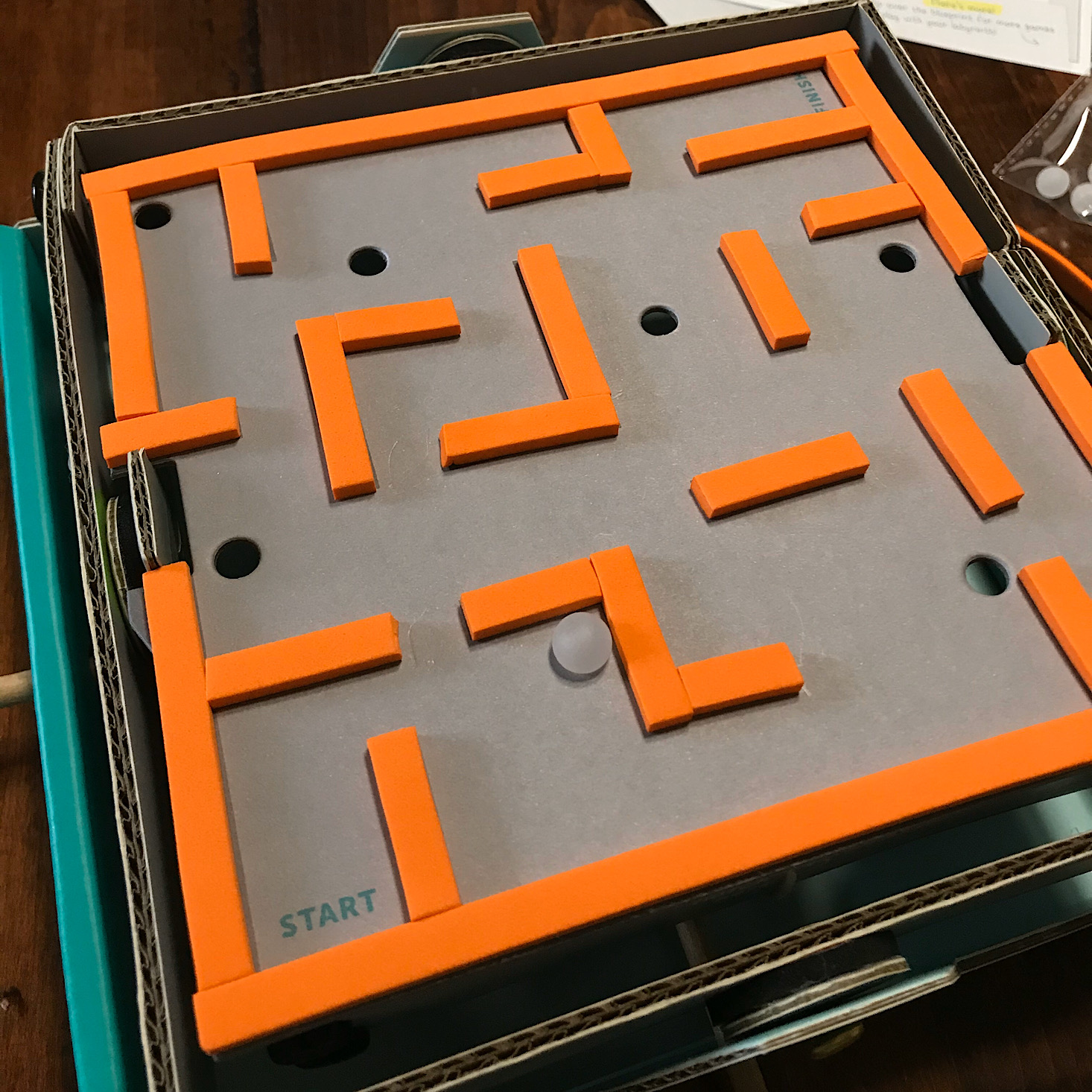

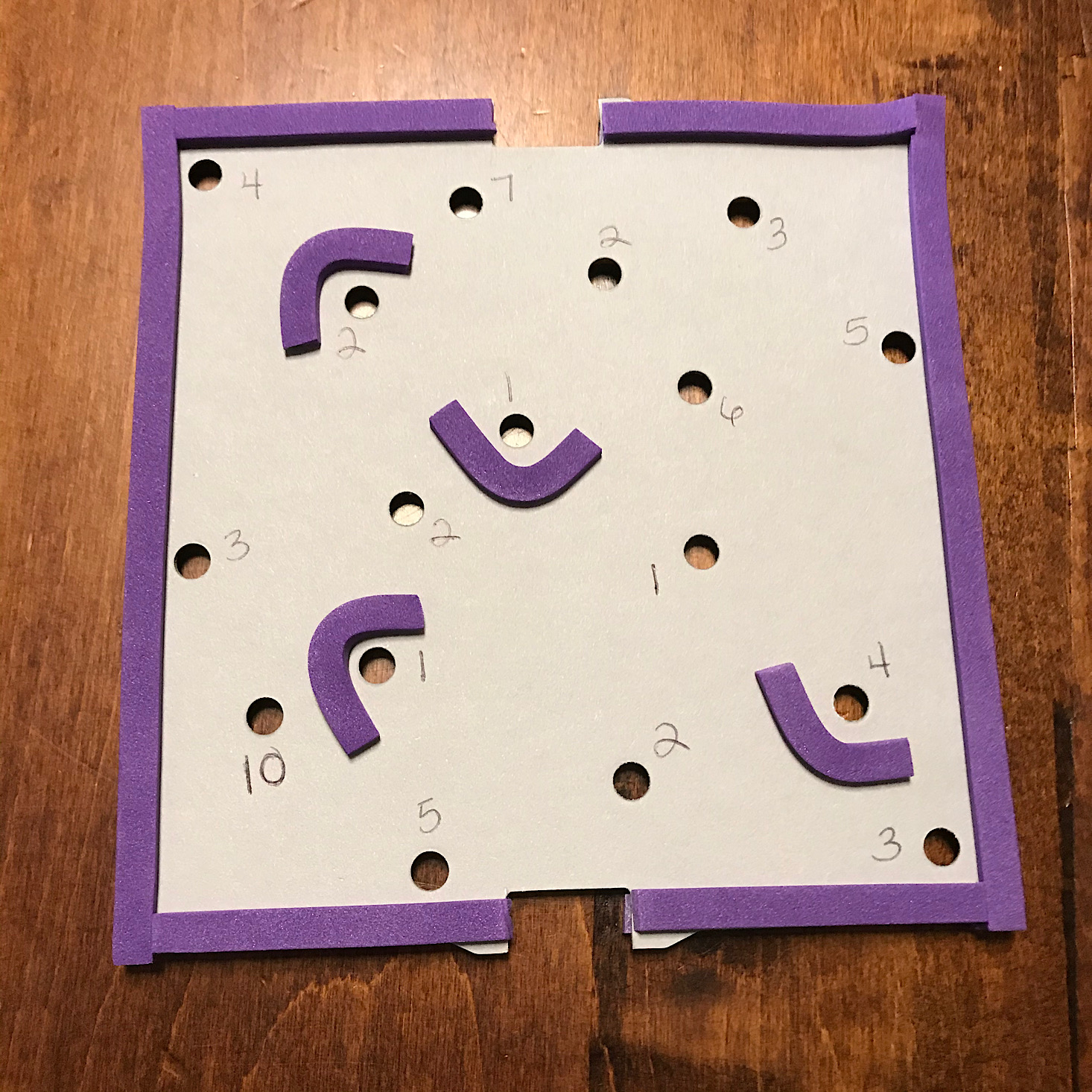


Please do not enter your email address in the Name field or in the comment content. Your email address will not be published. Required fields are marked *. Remember to post with kindness and respect. Comments with offensive language, cruelness to others, etc will not be approved. See our full comment policy here.